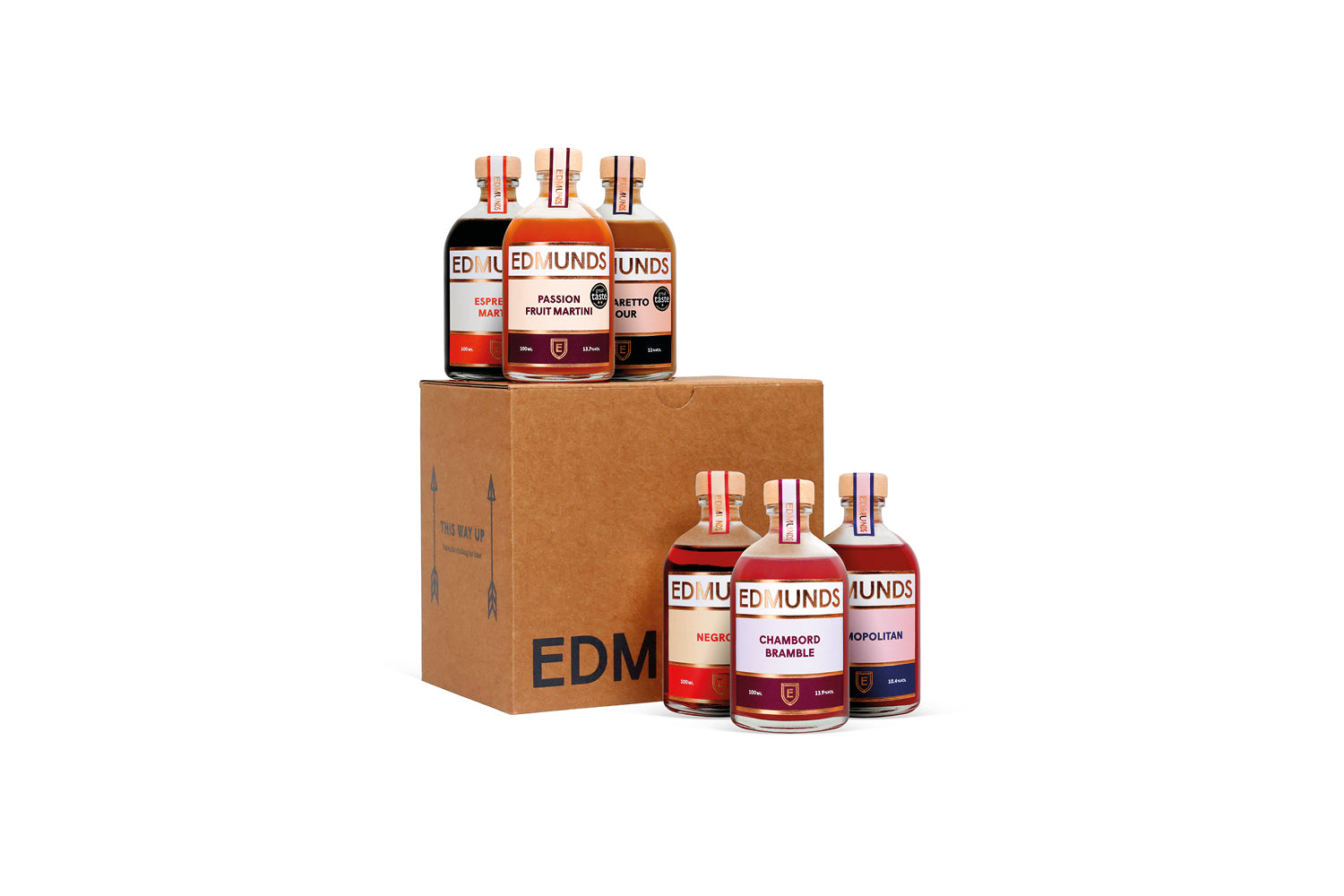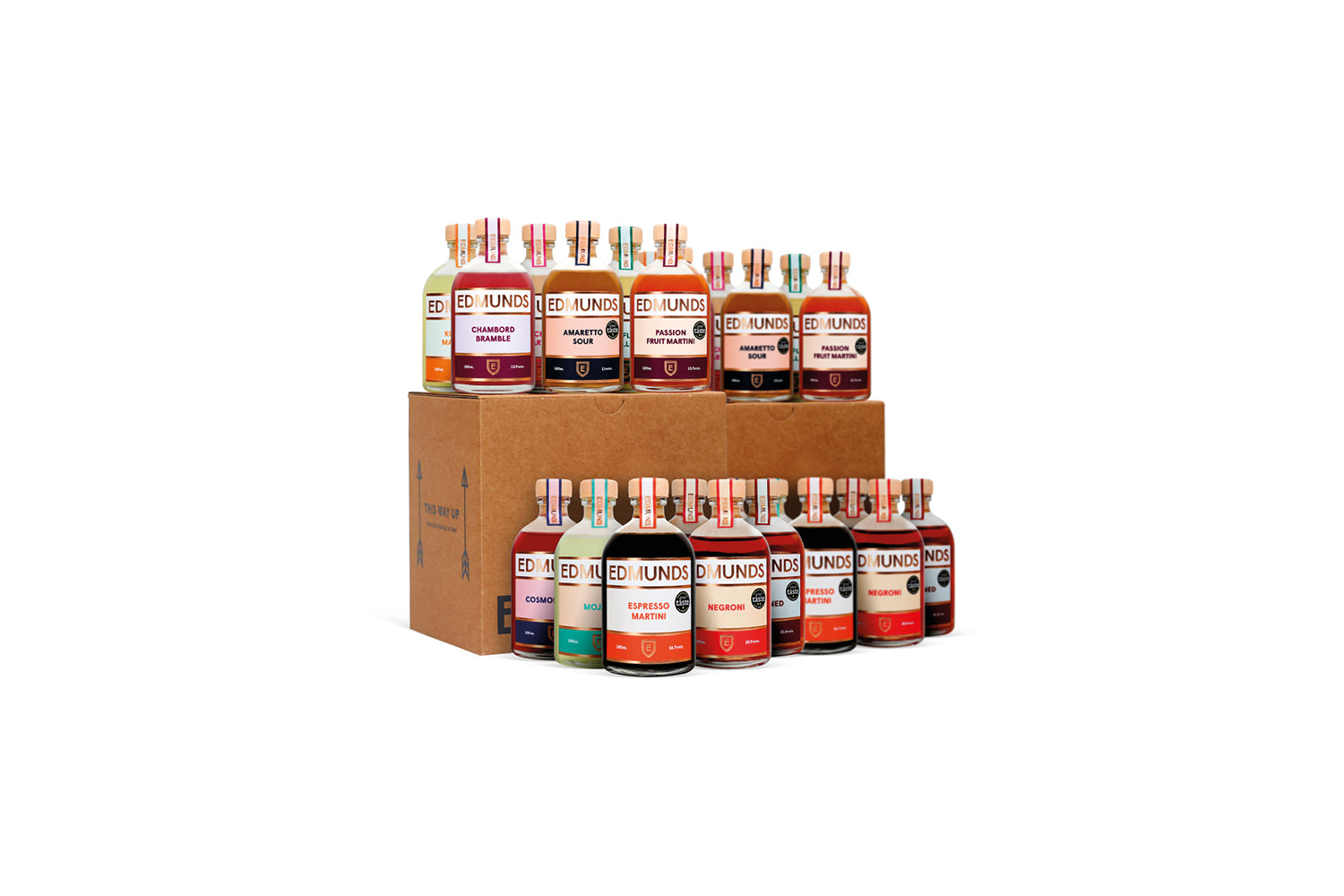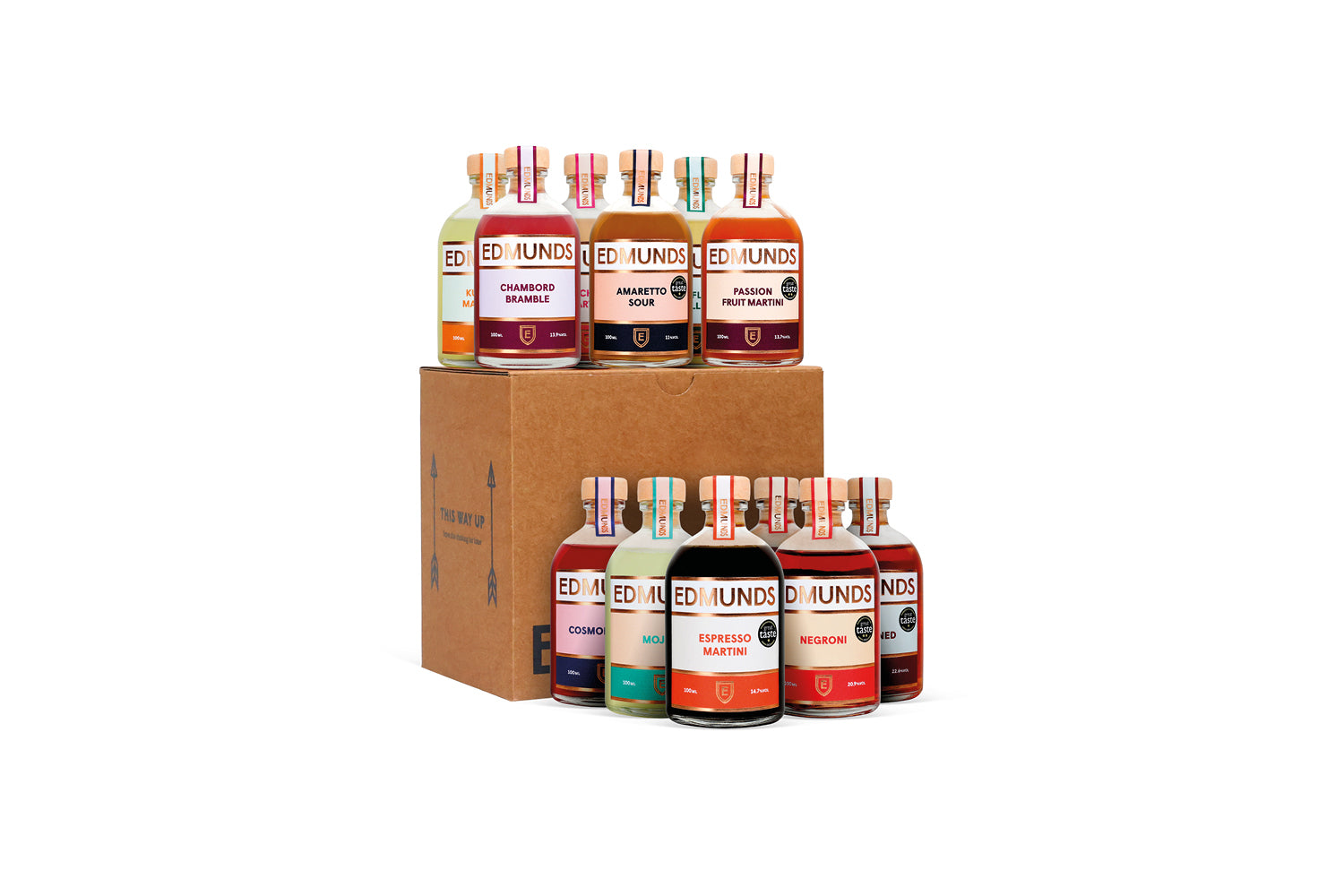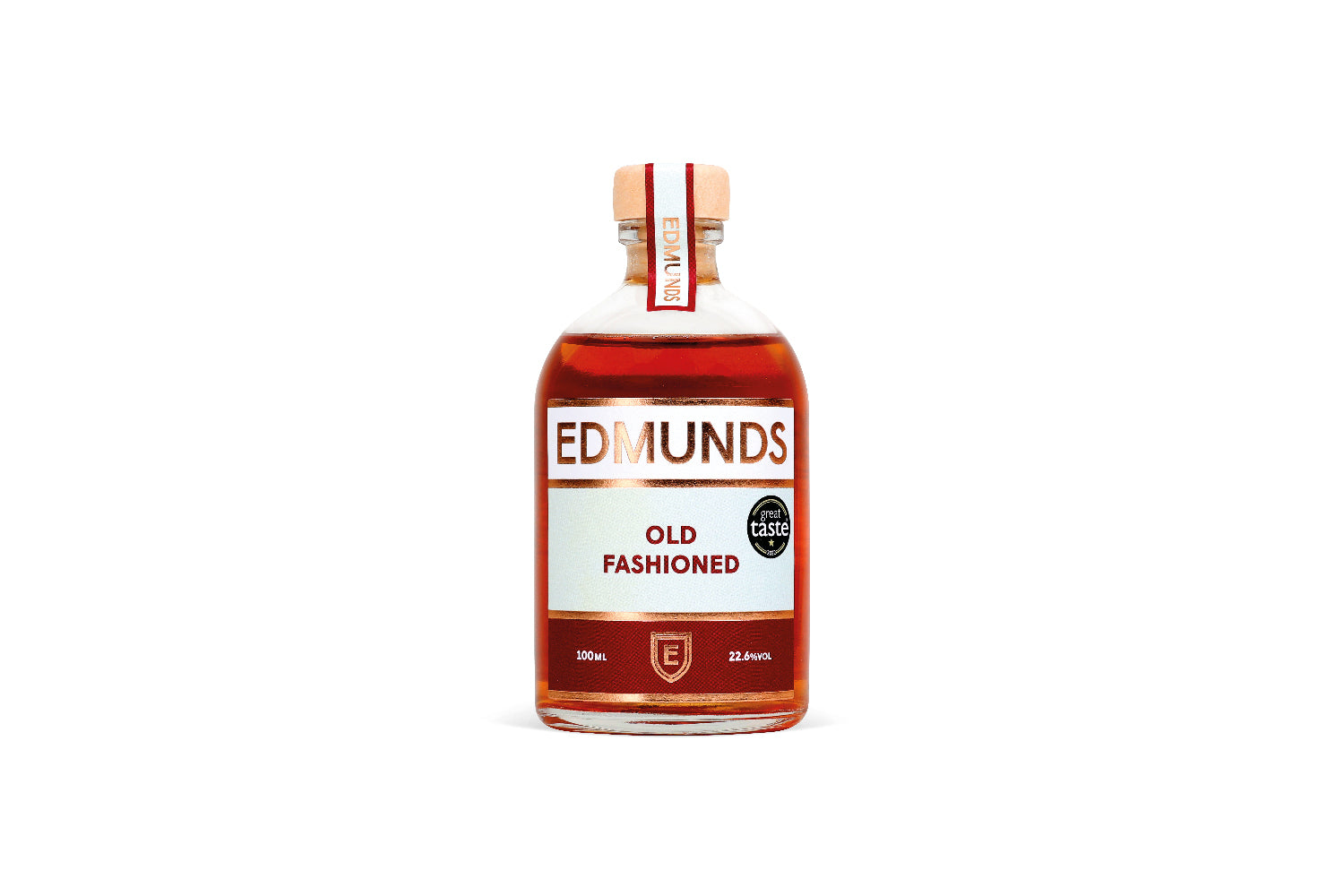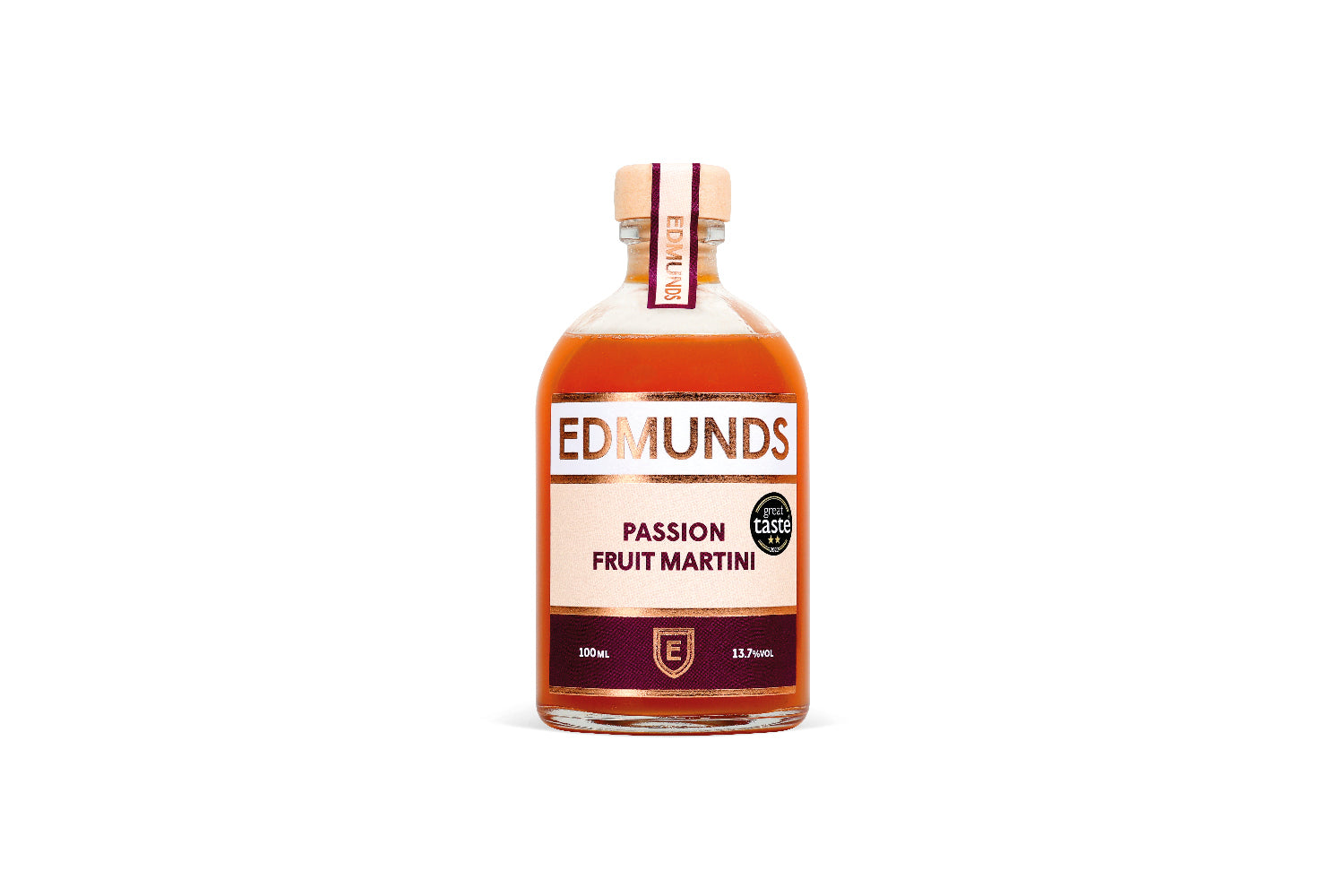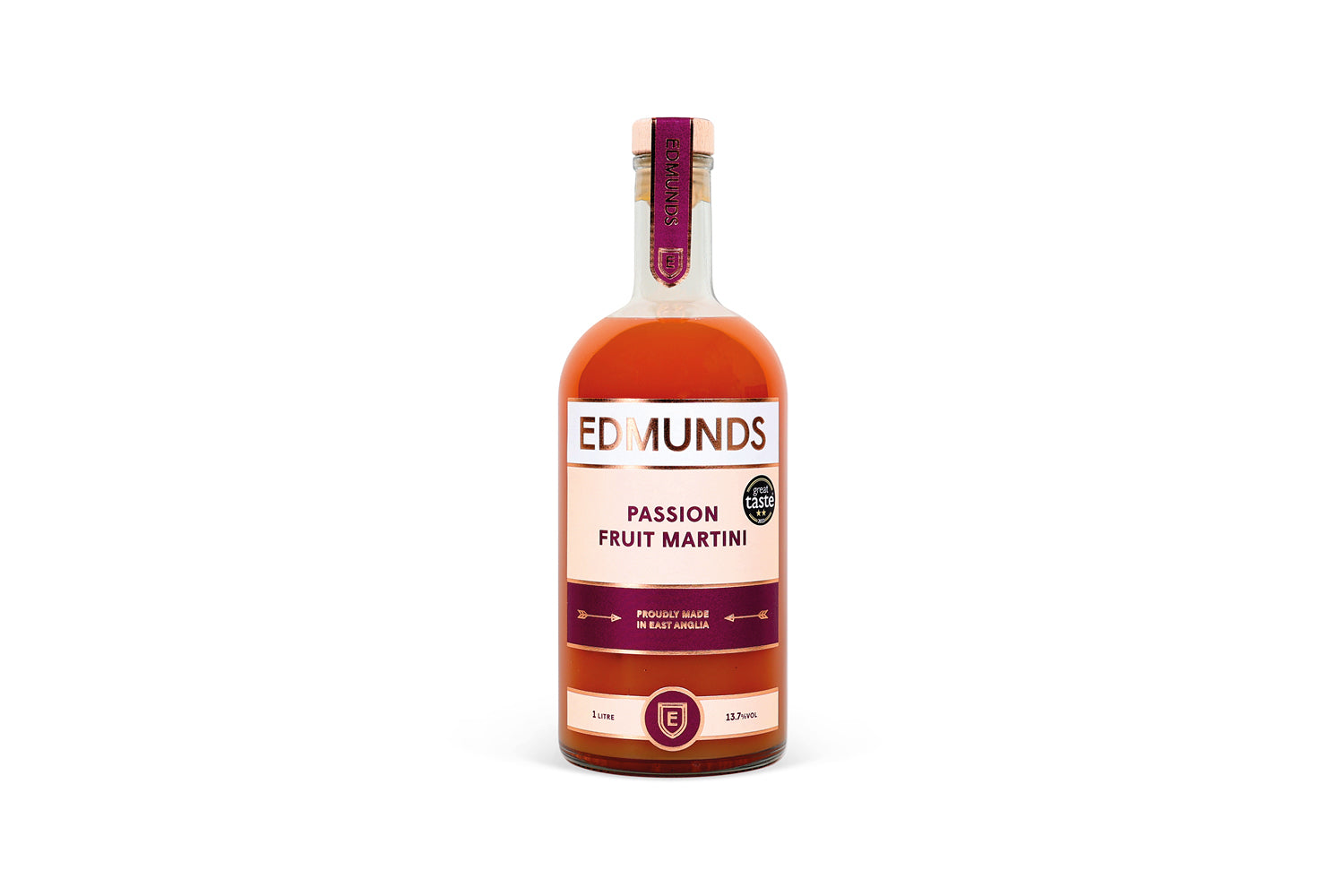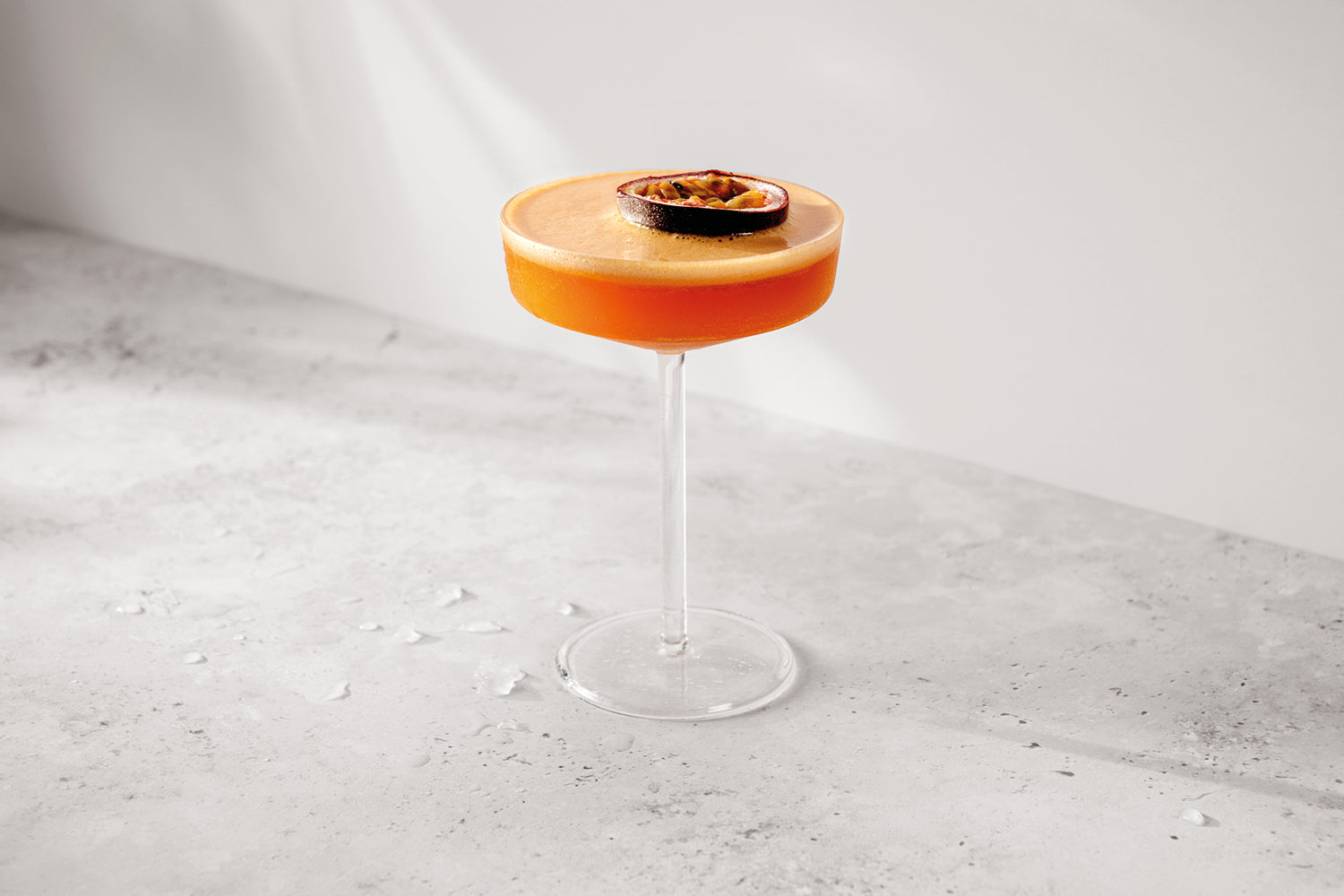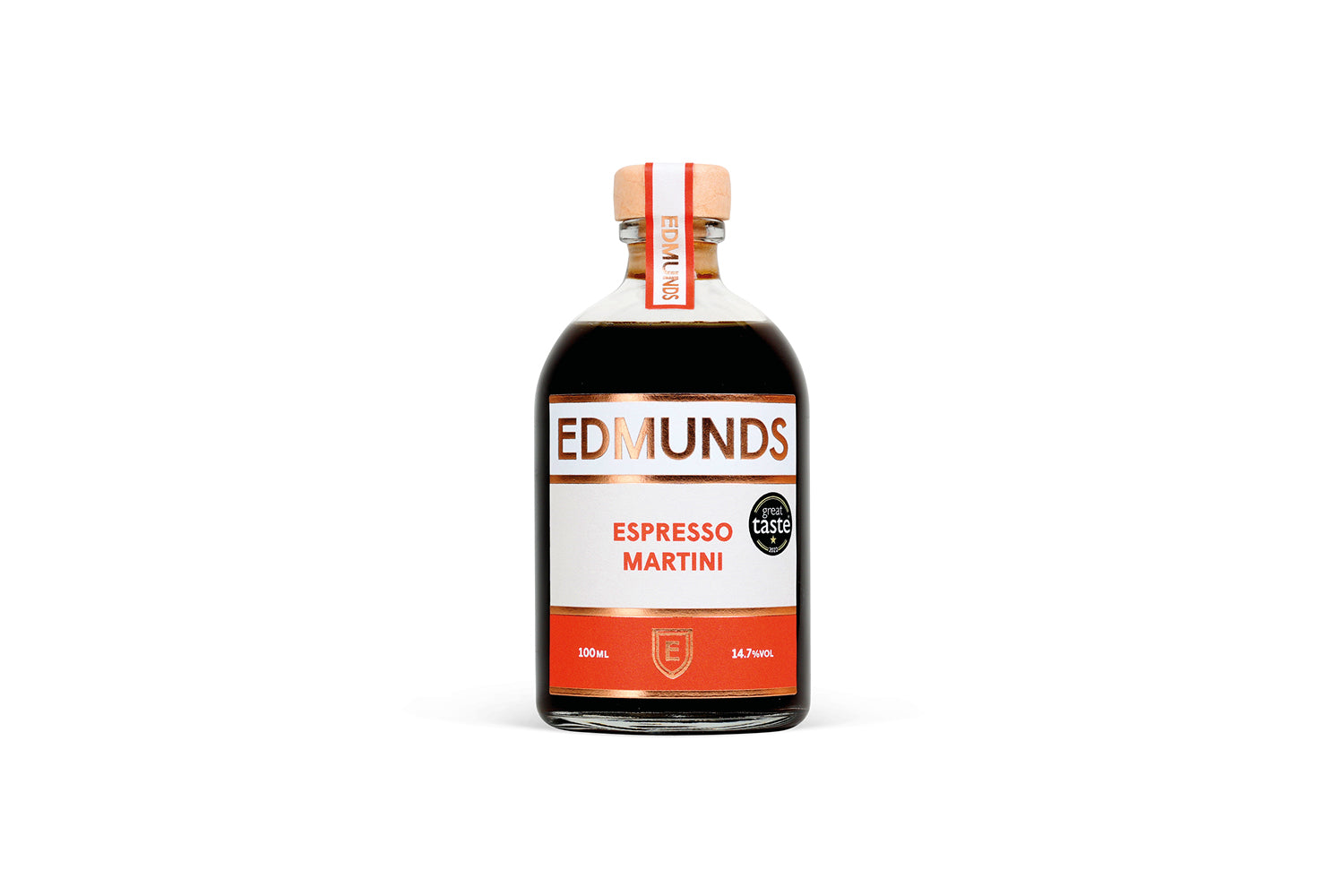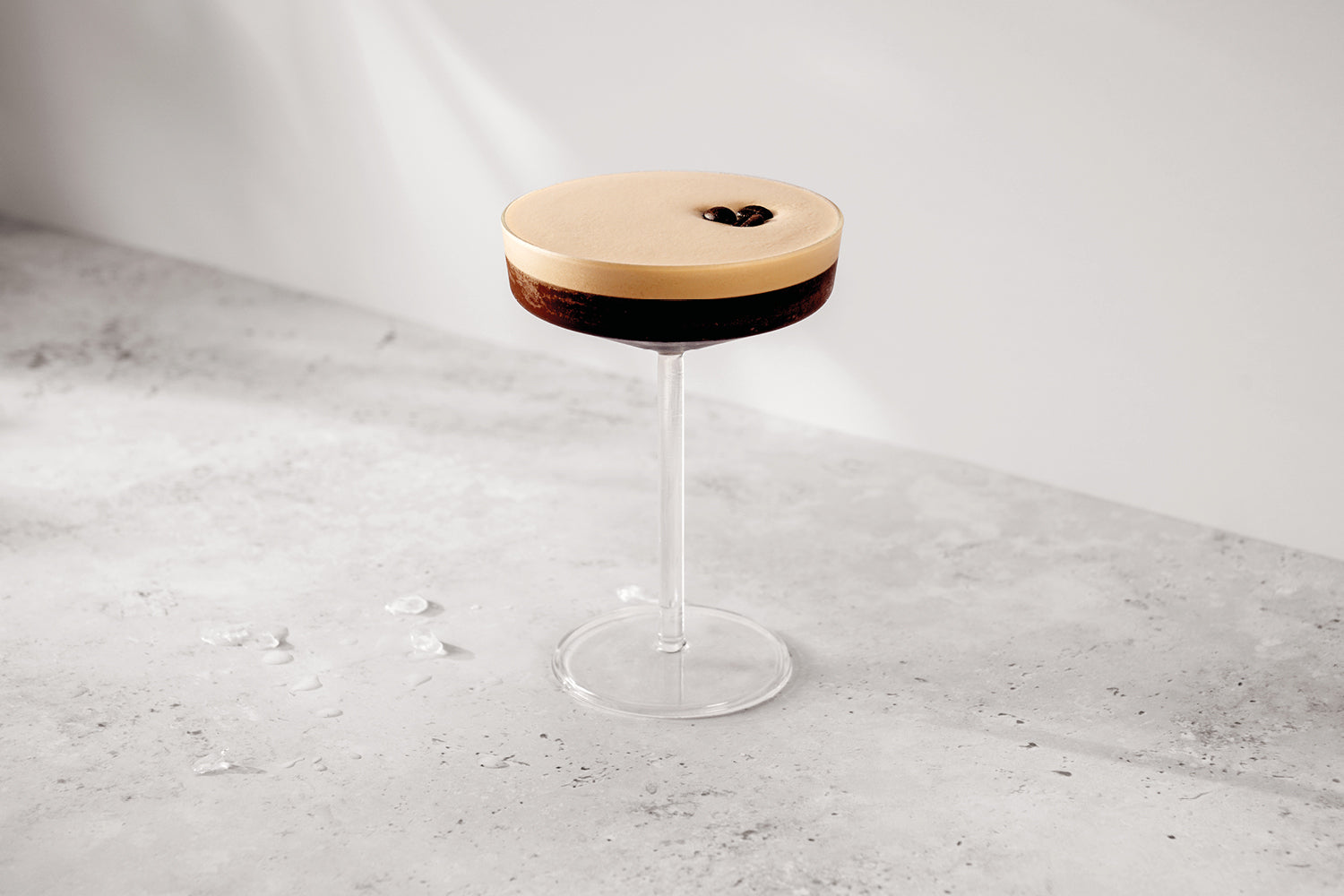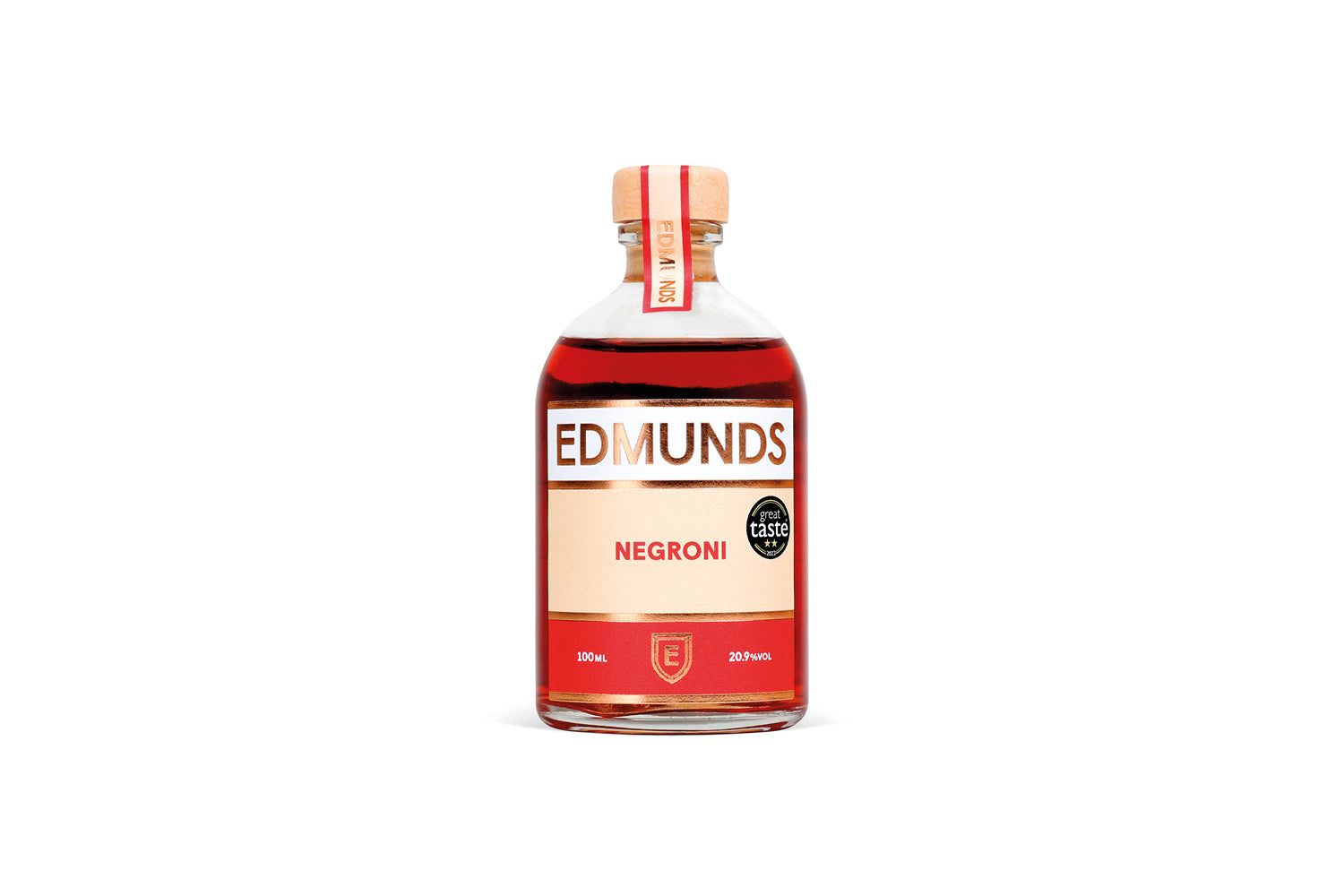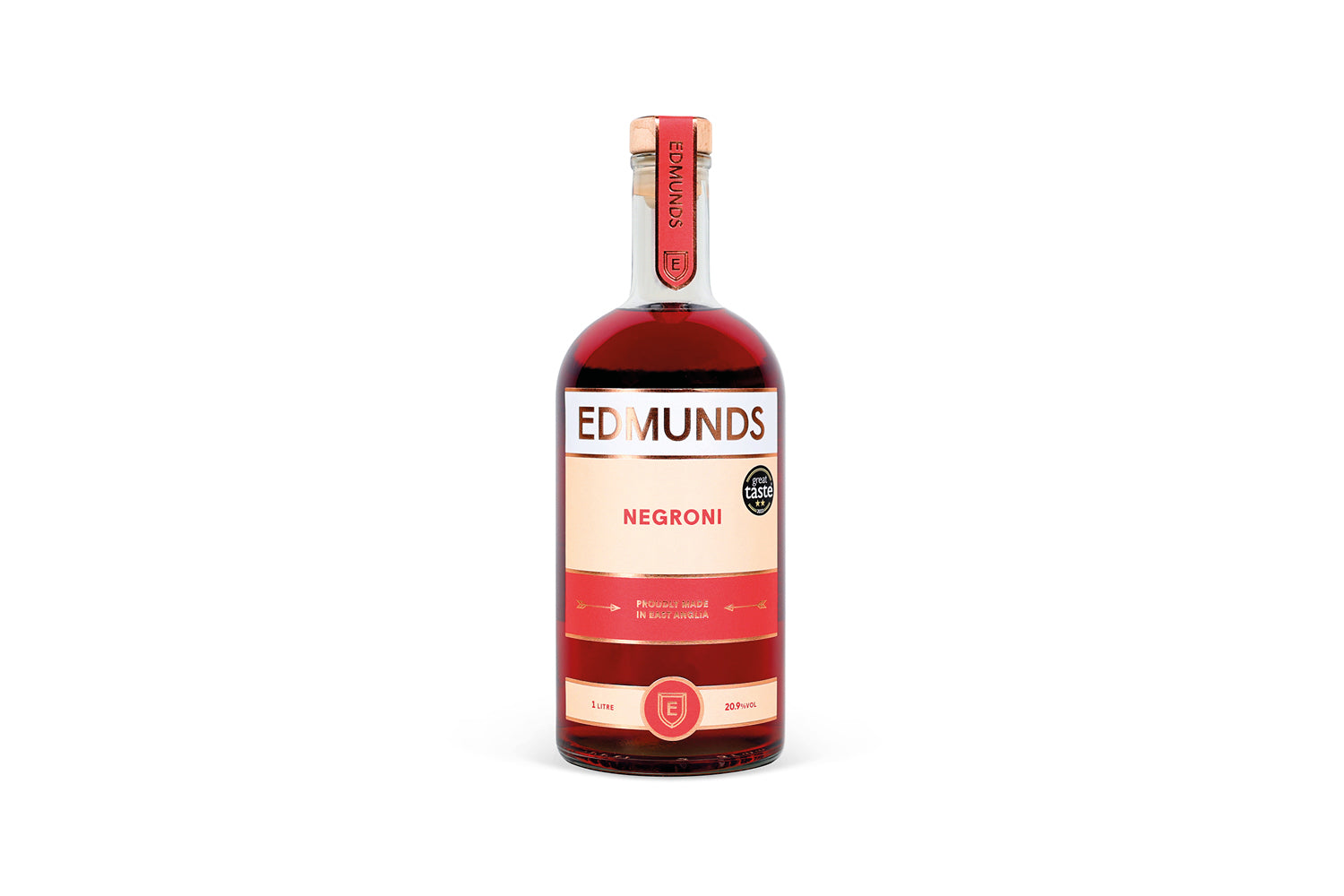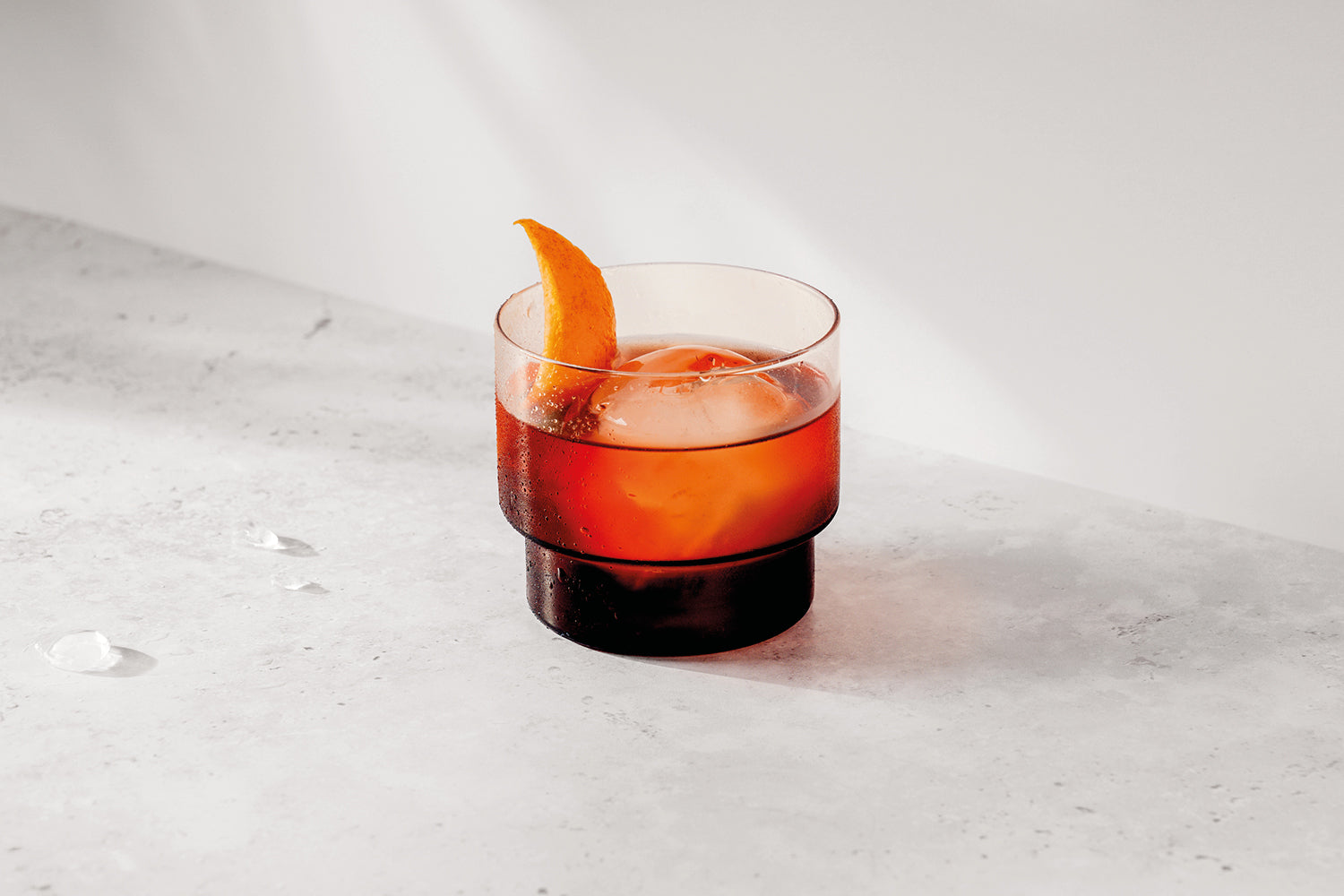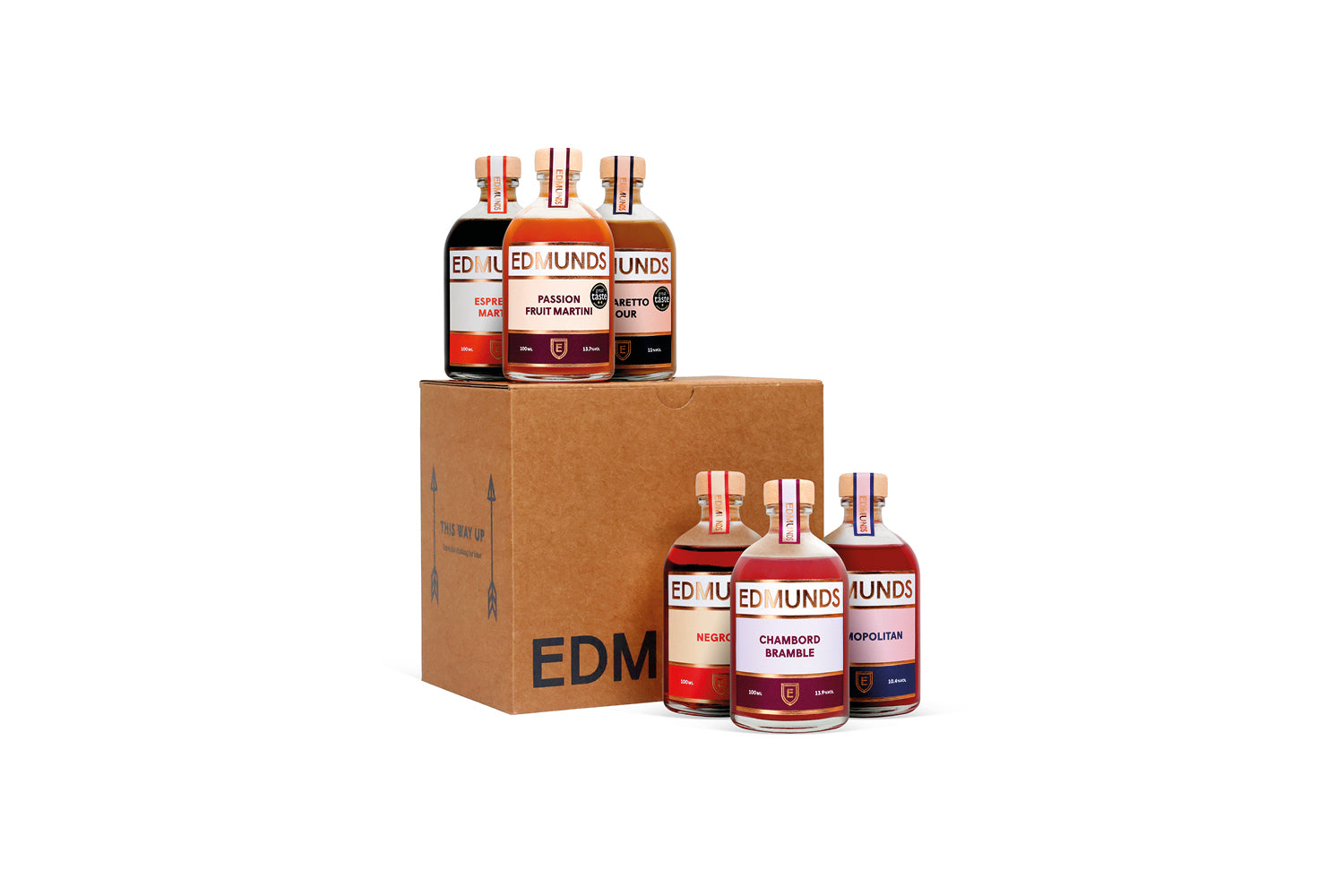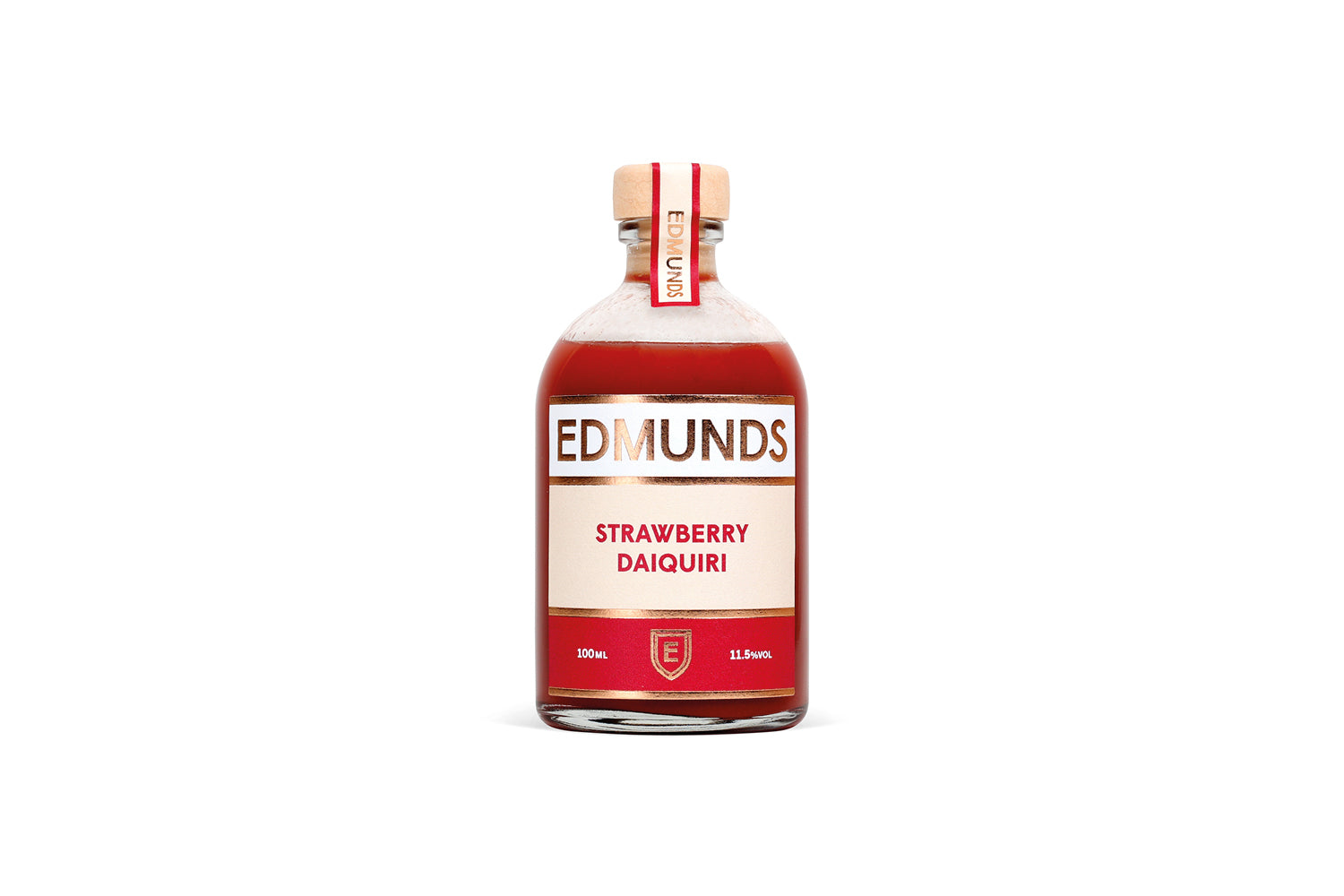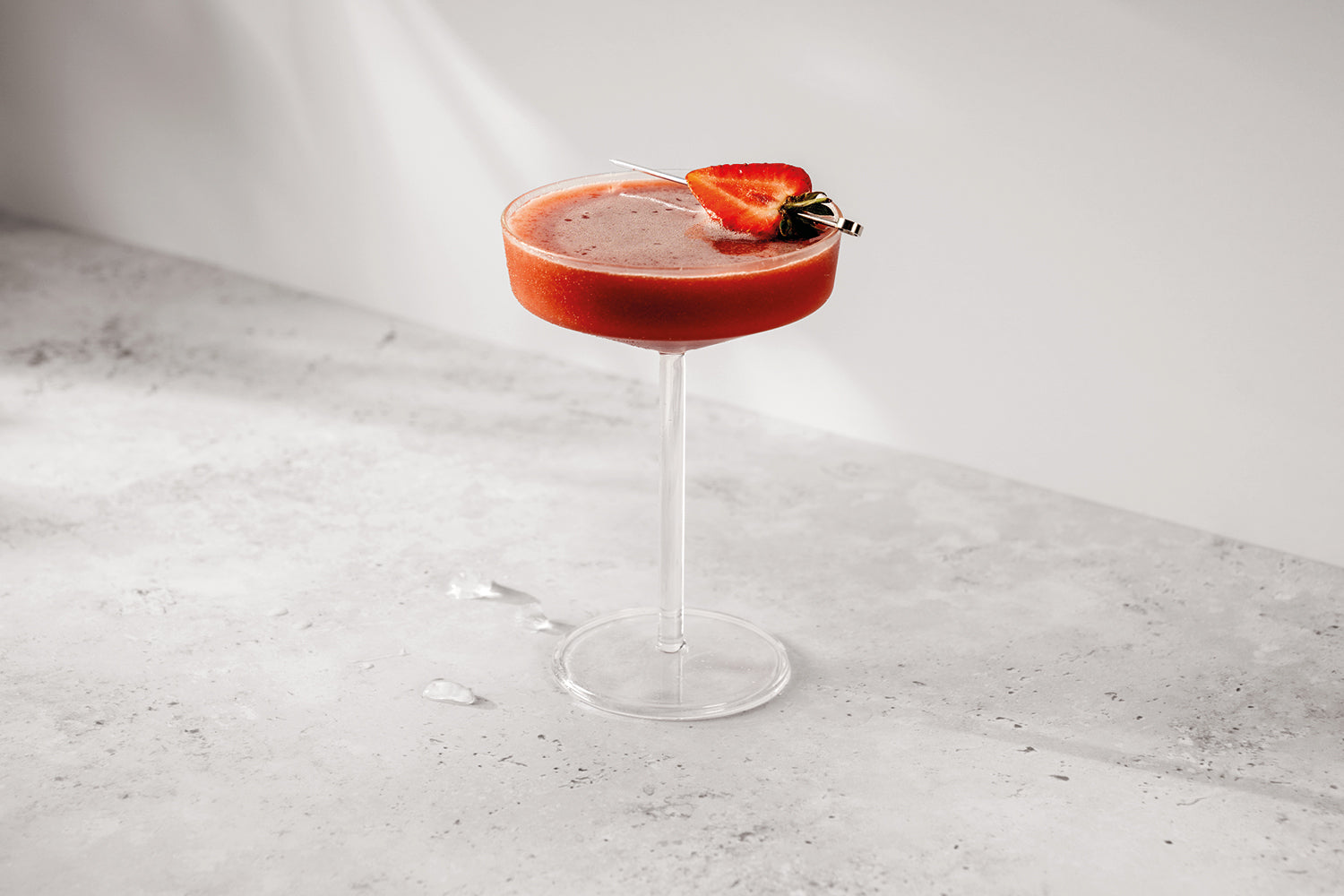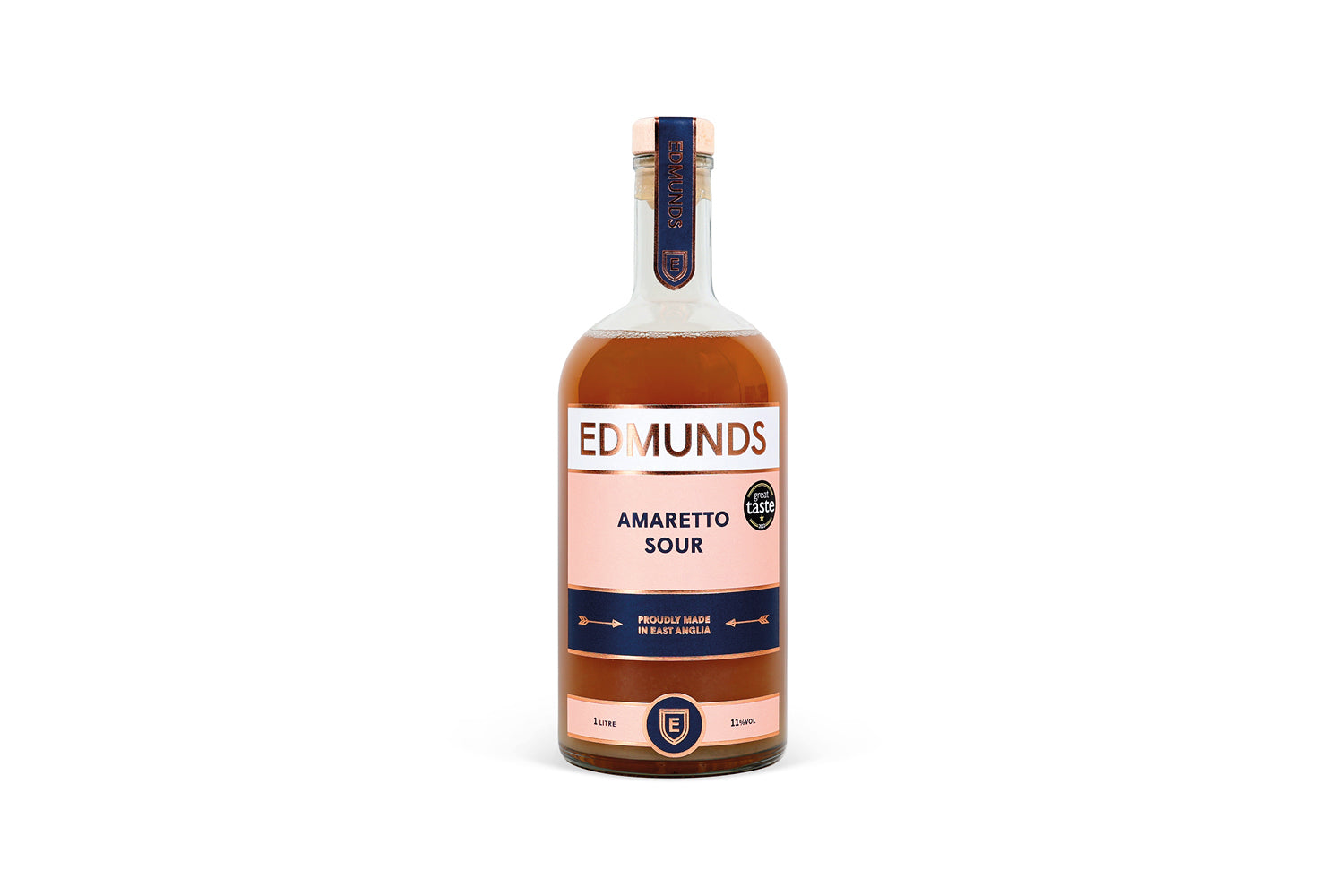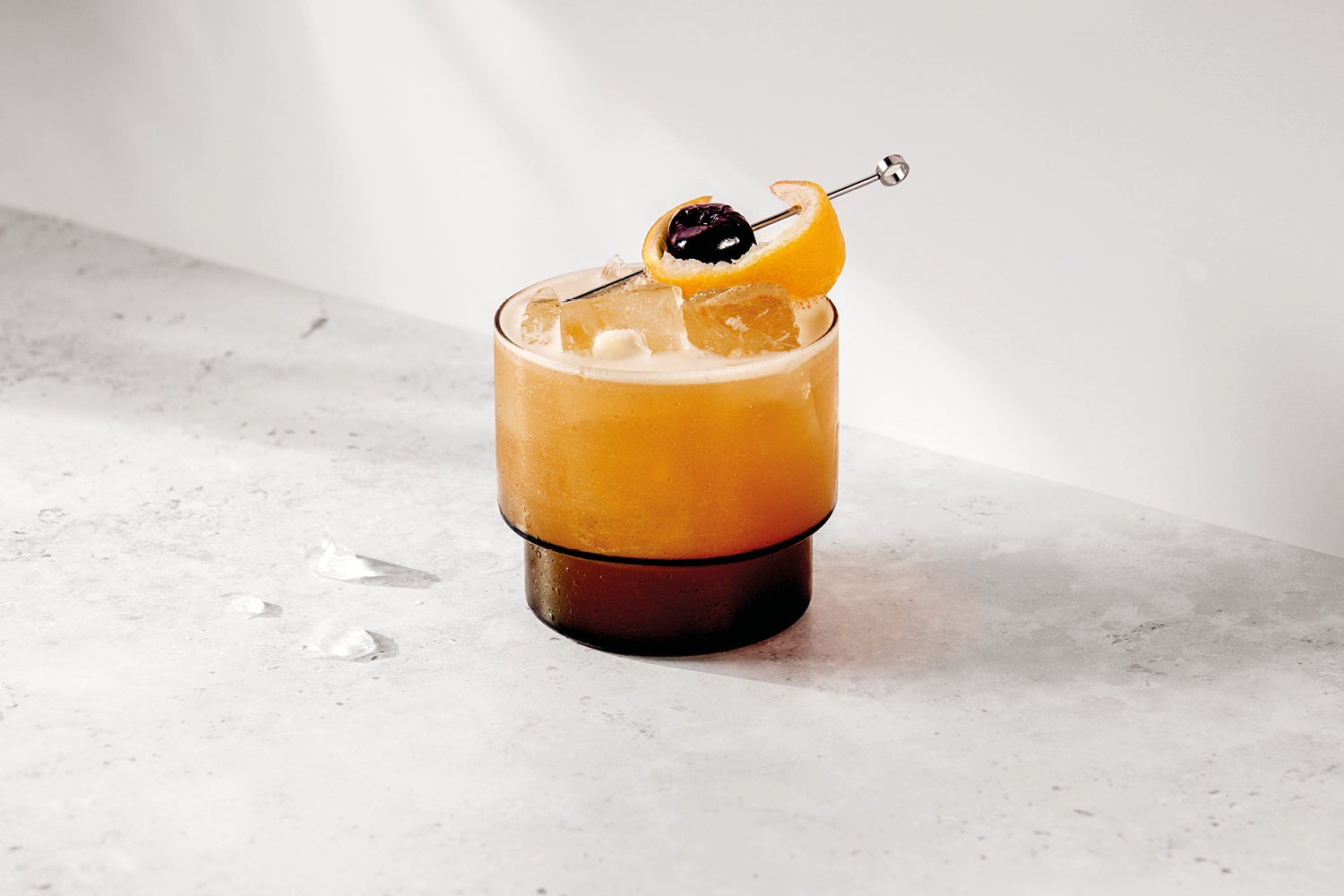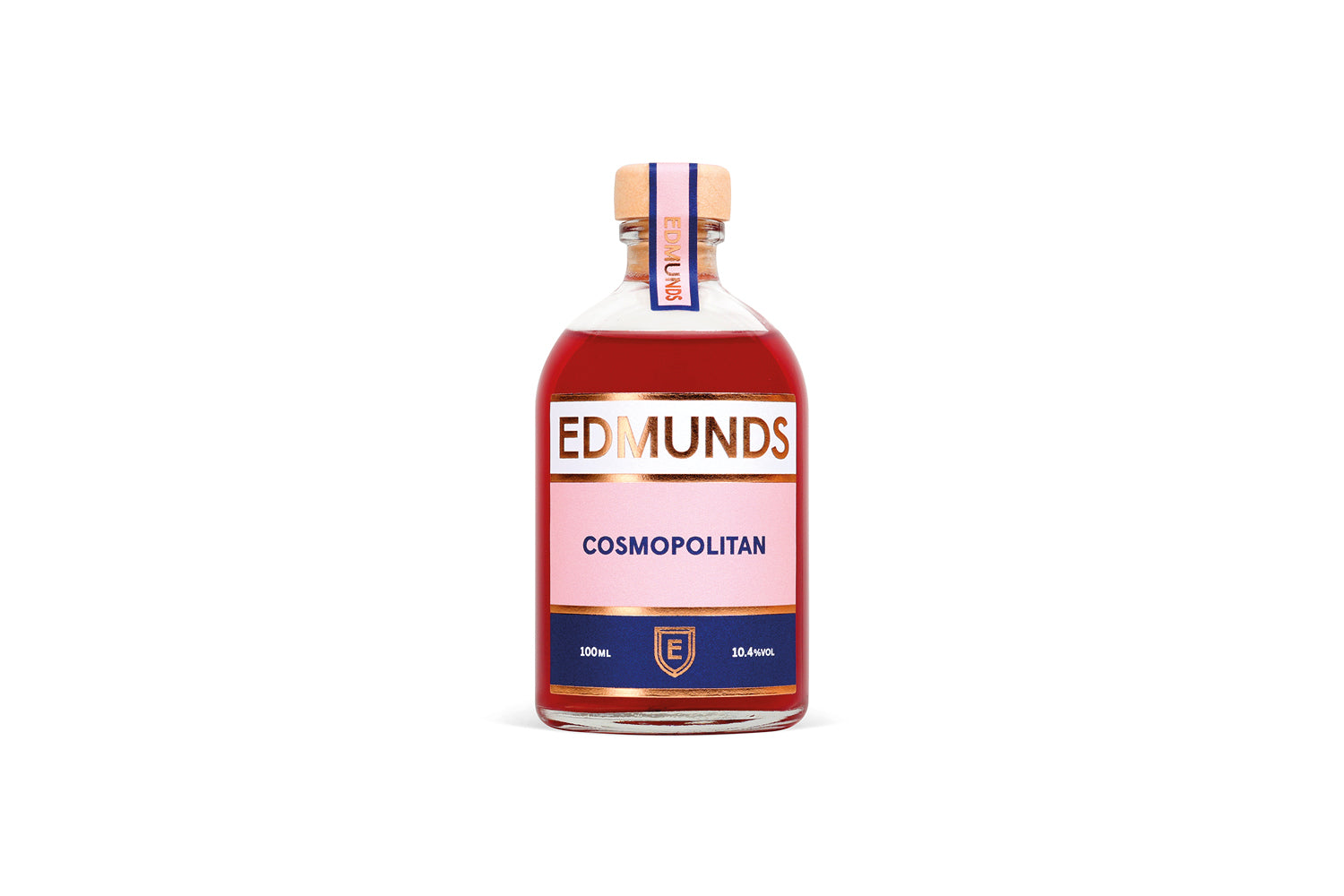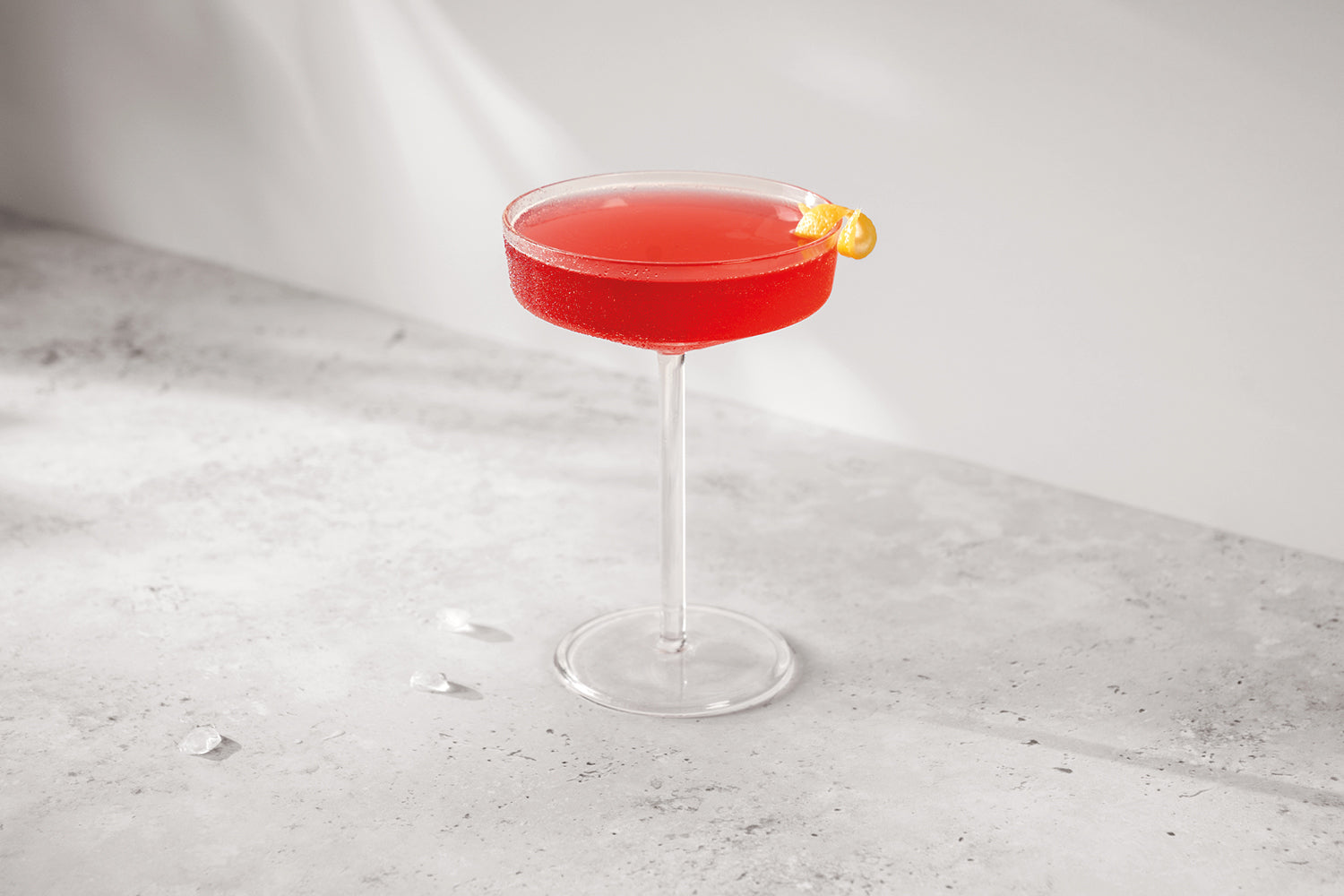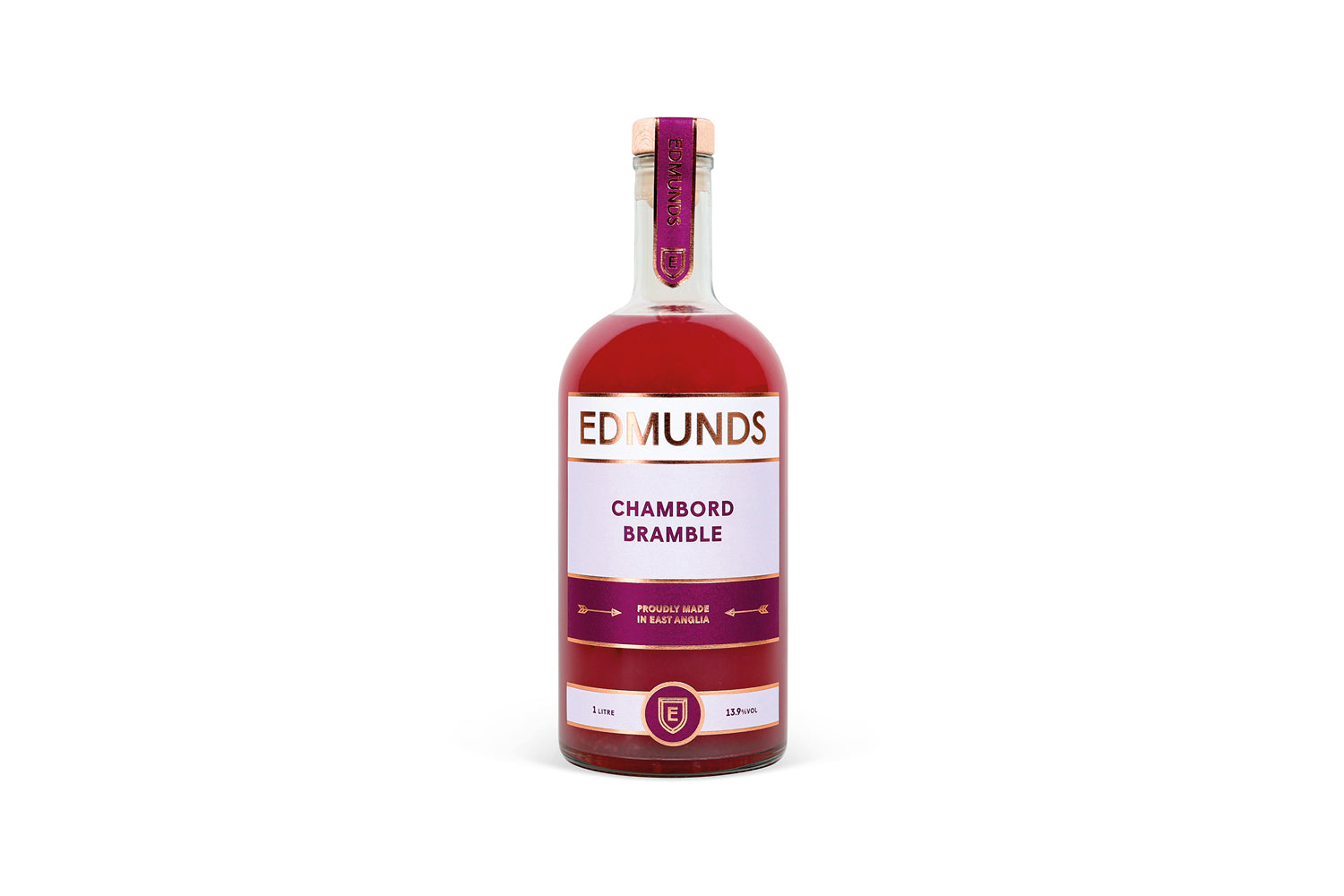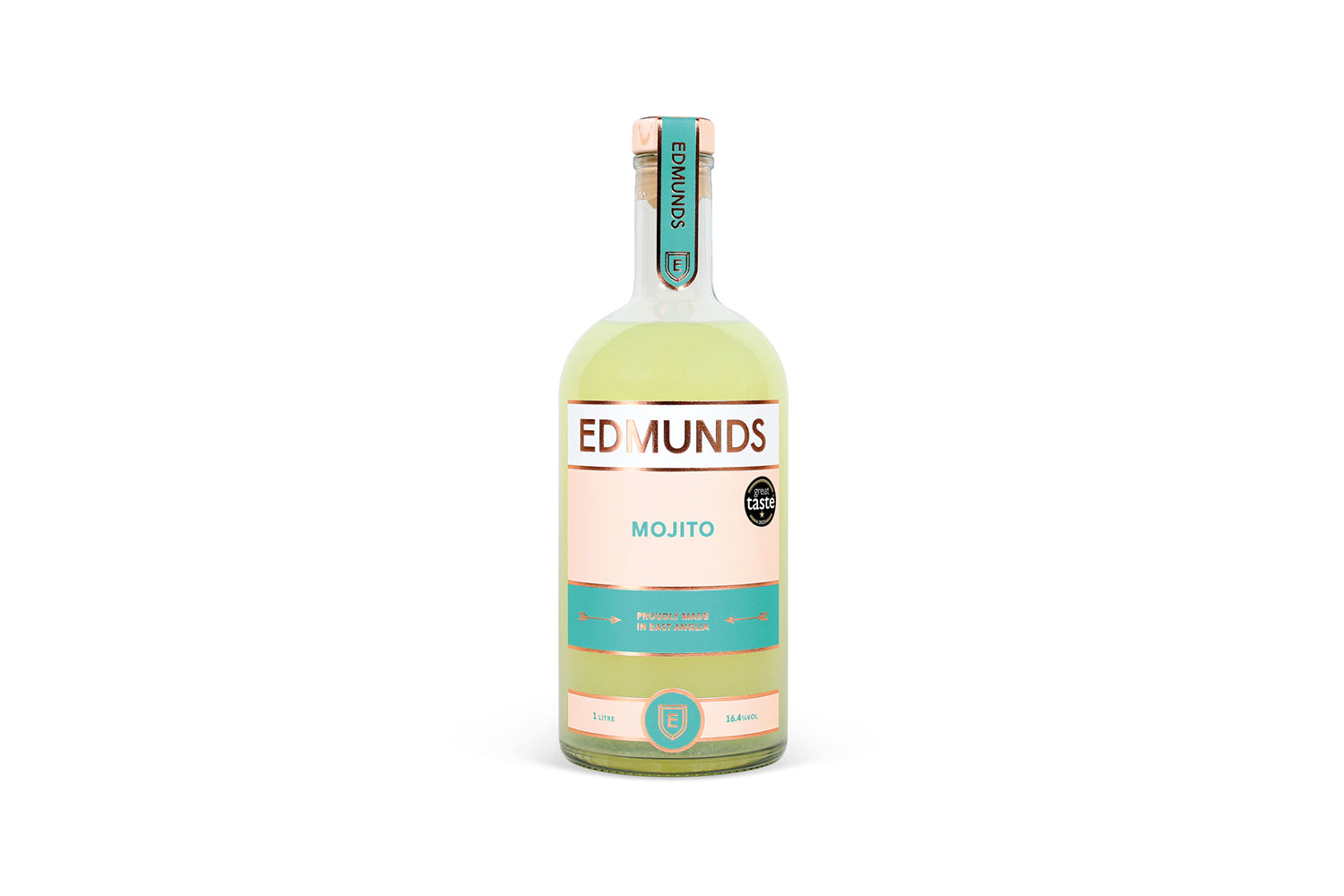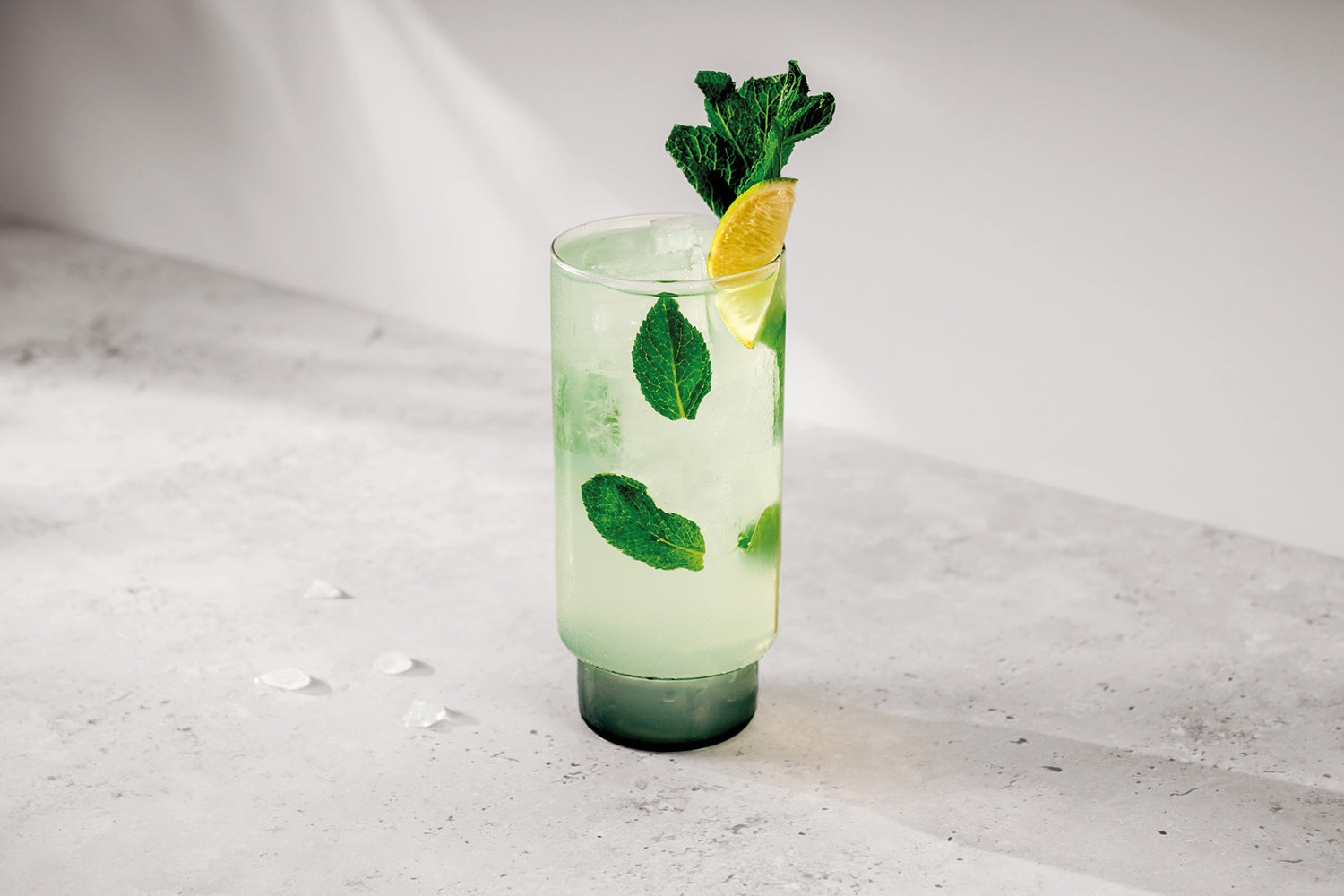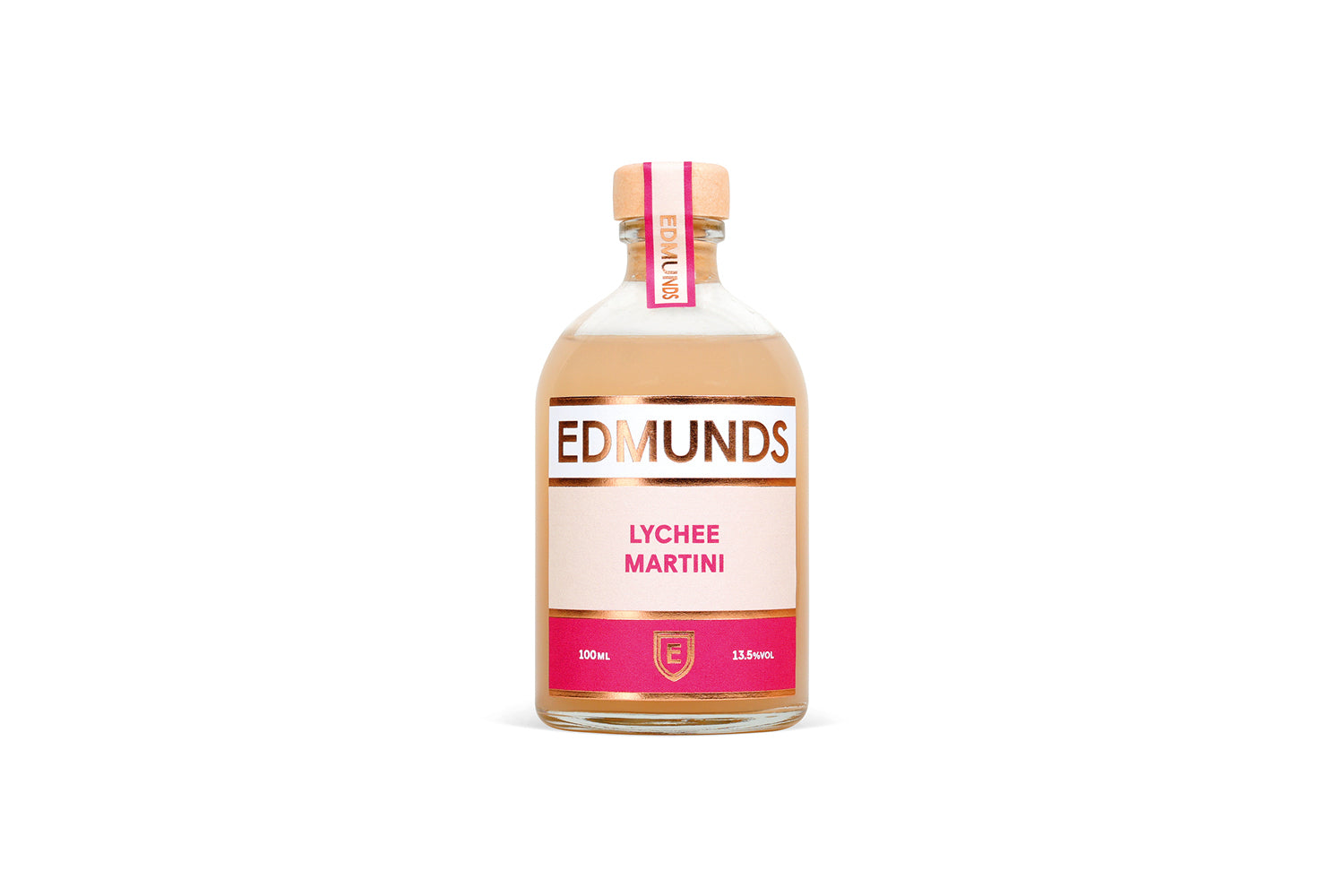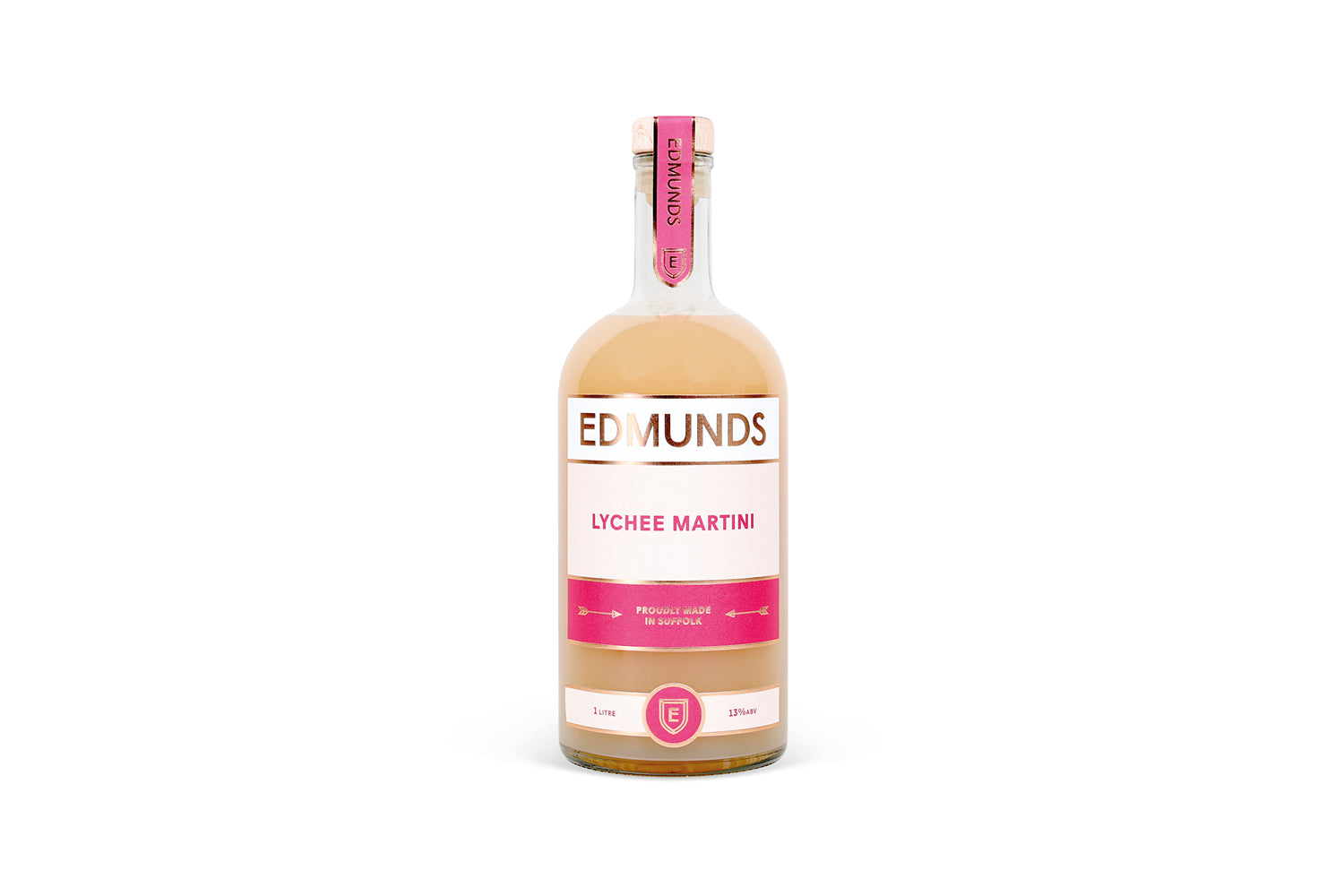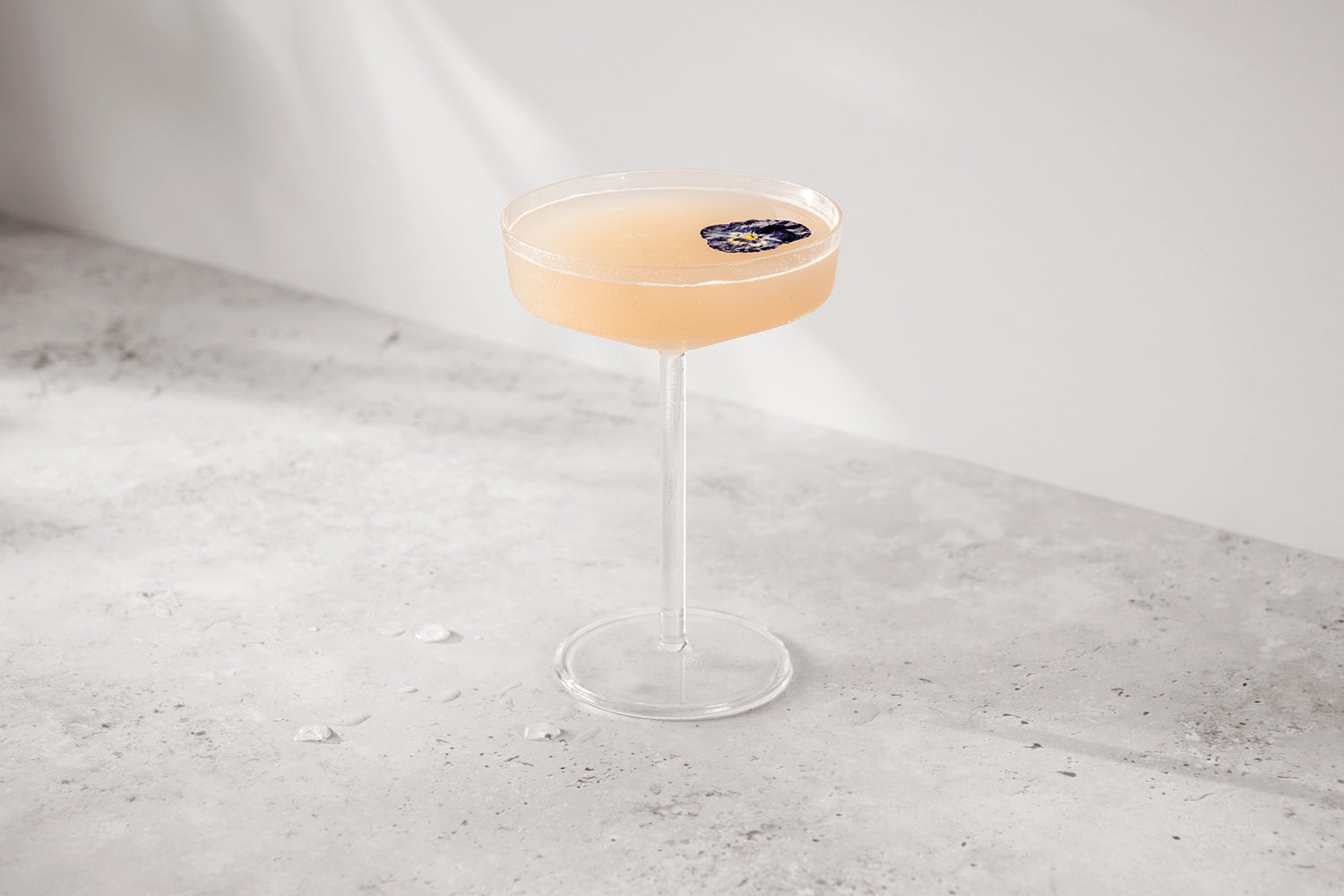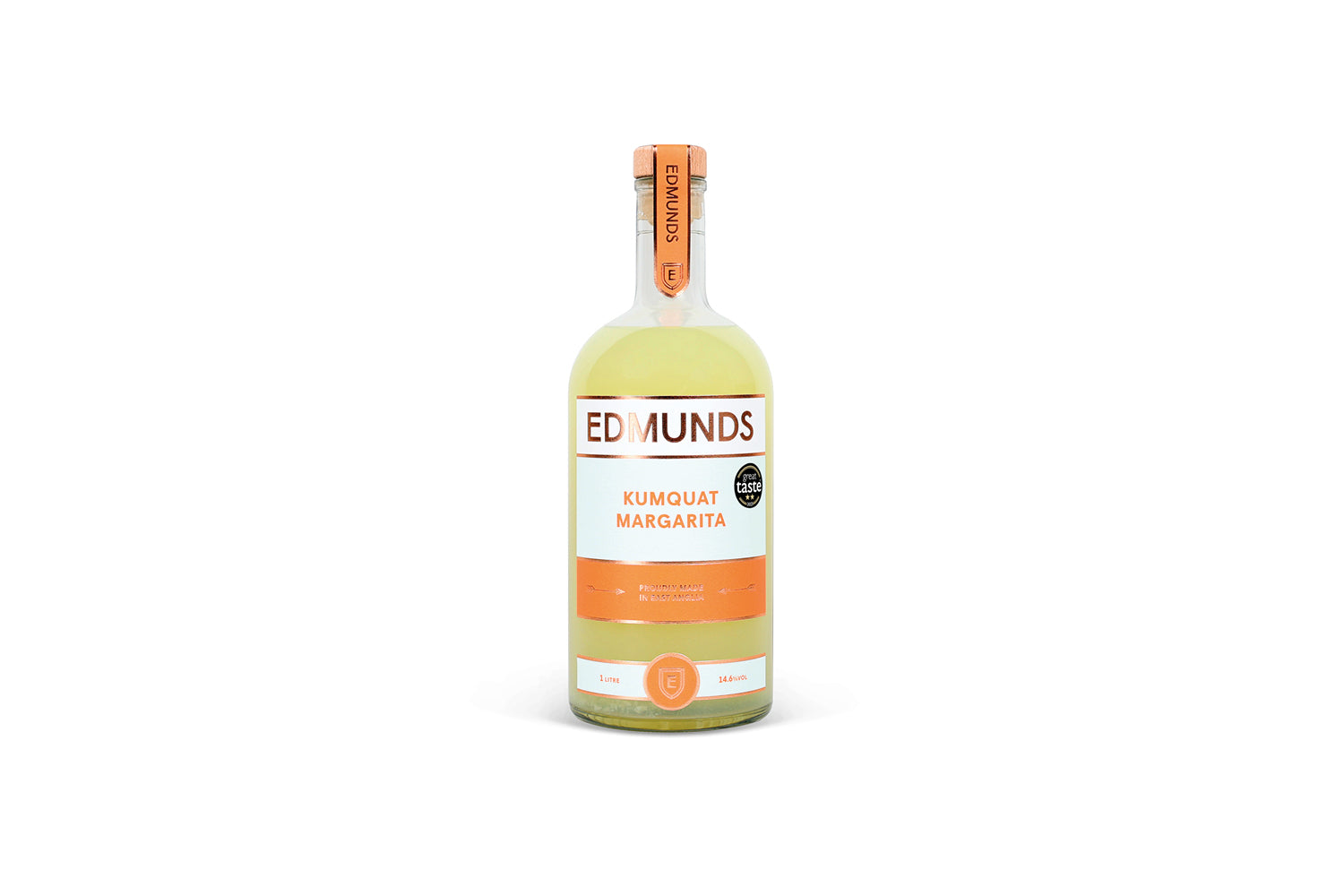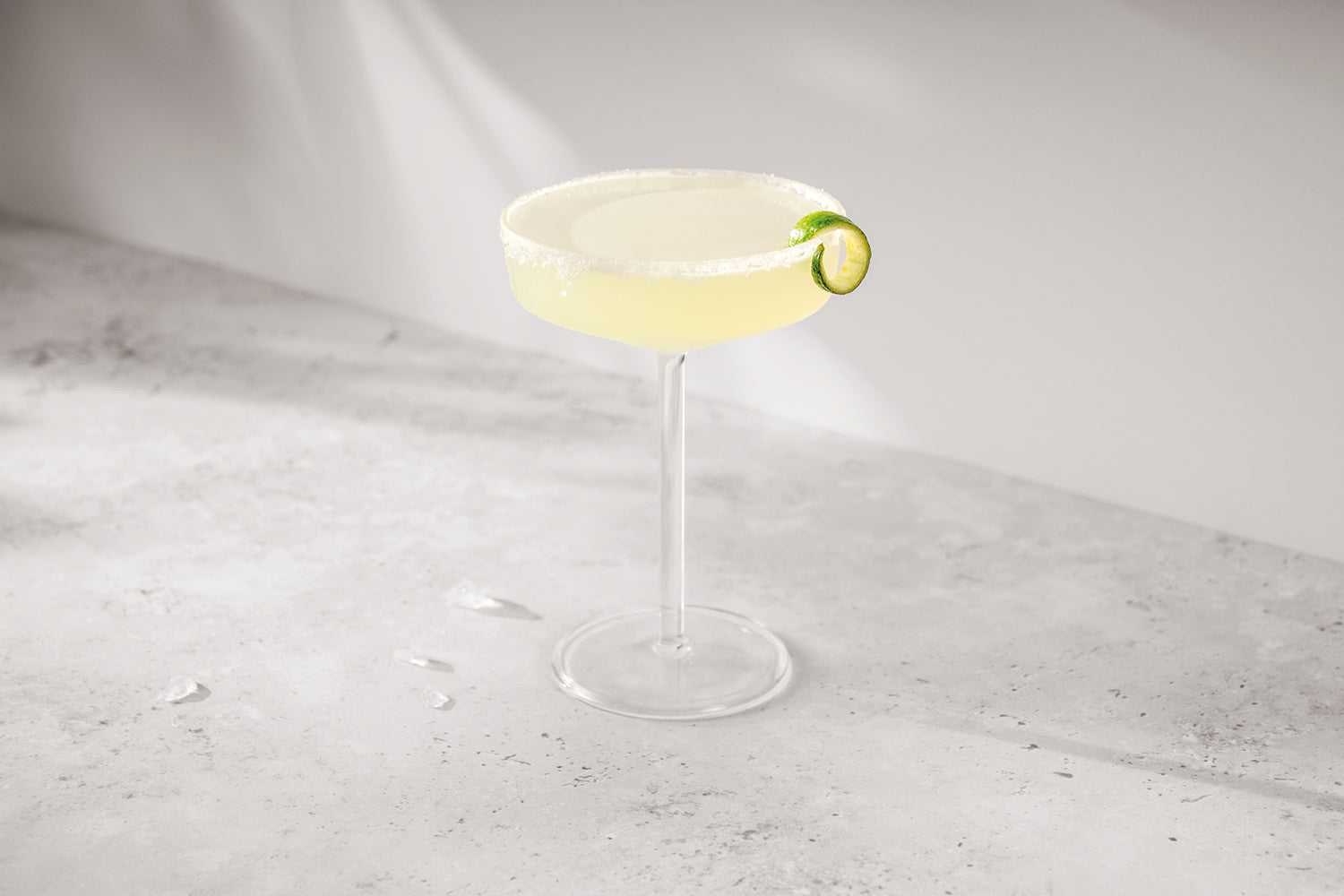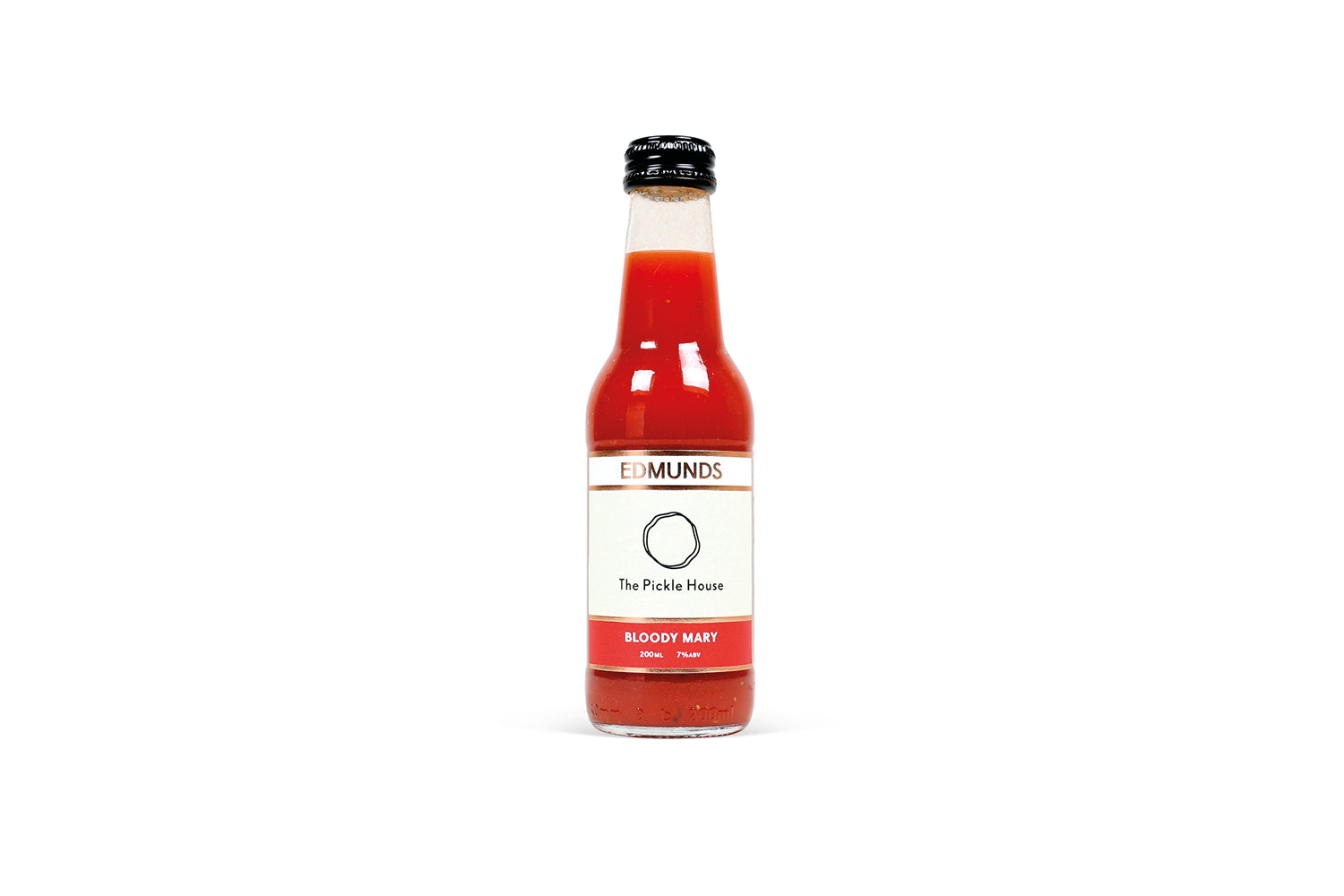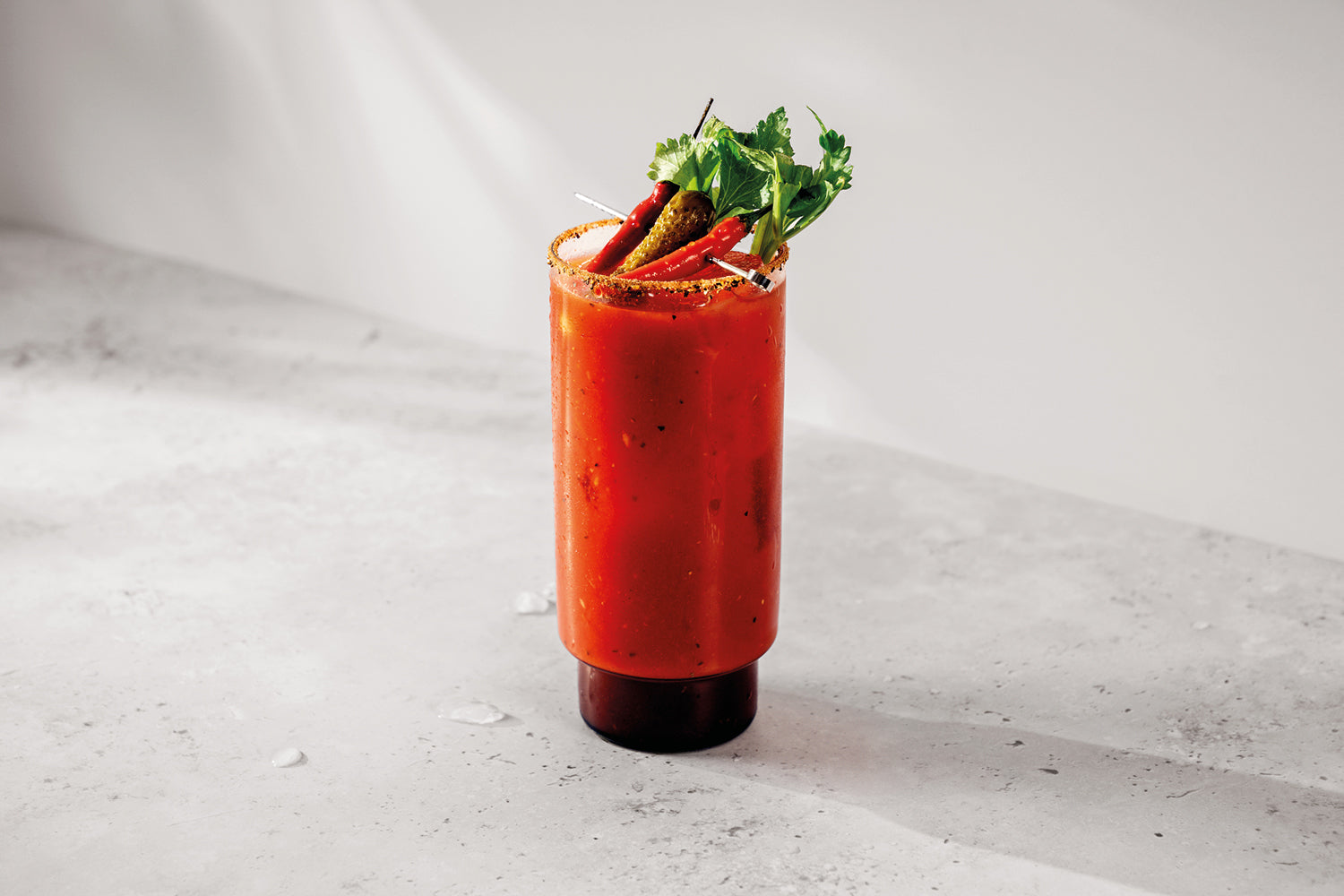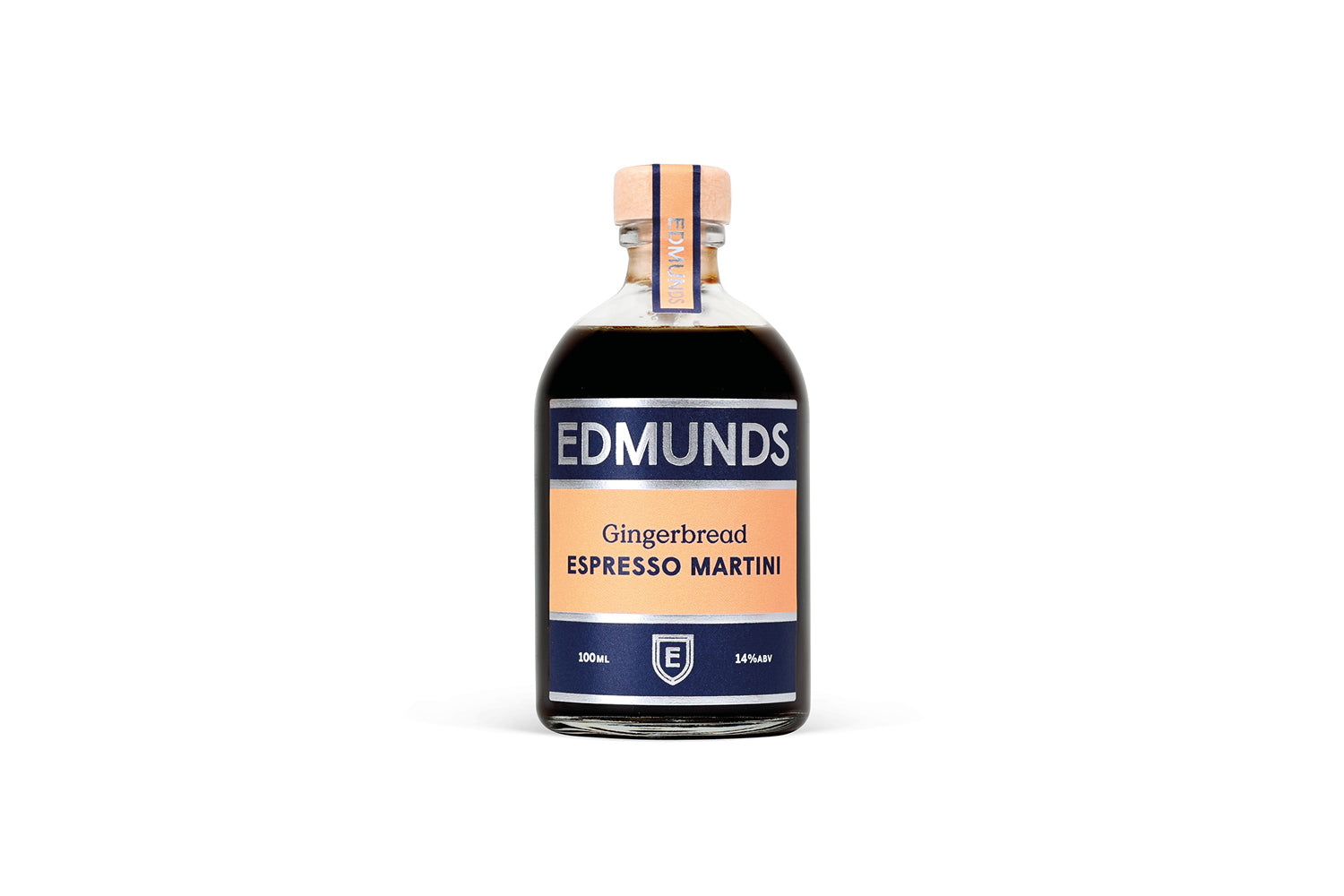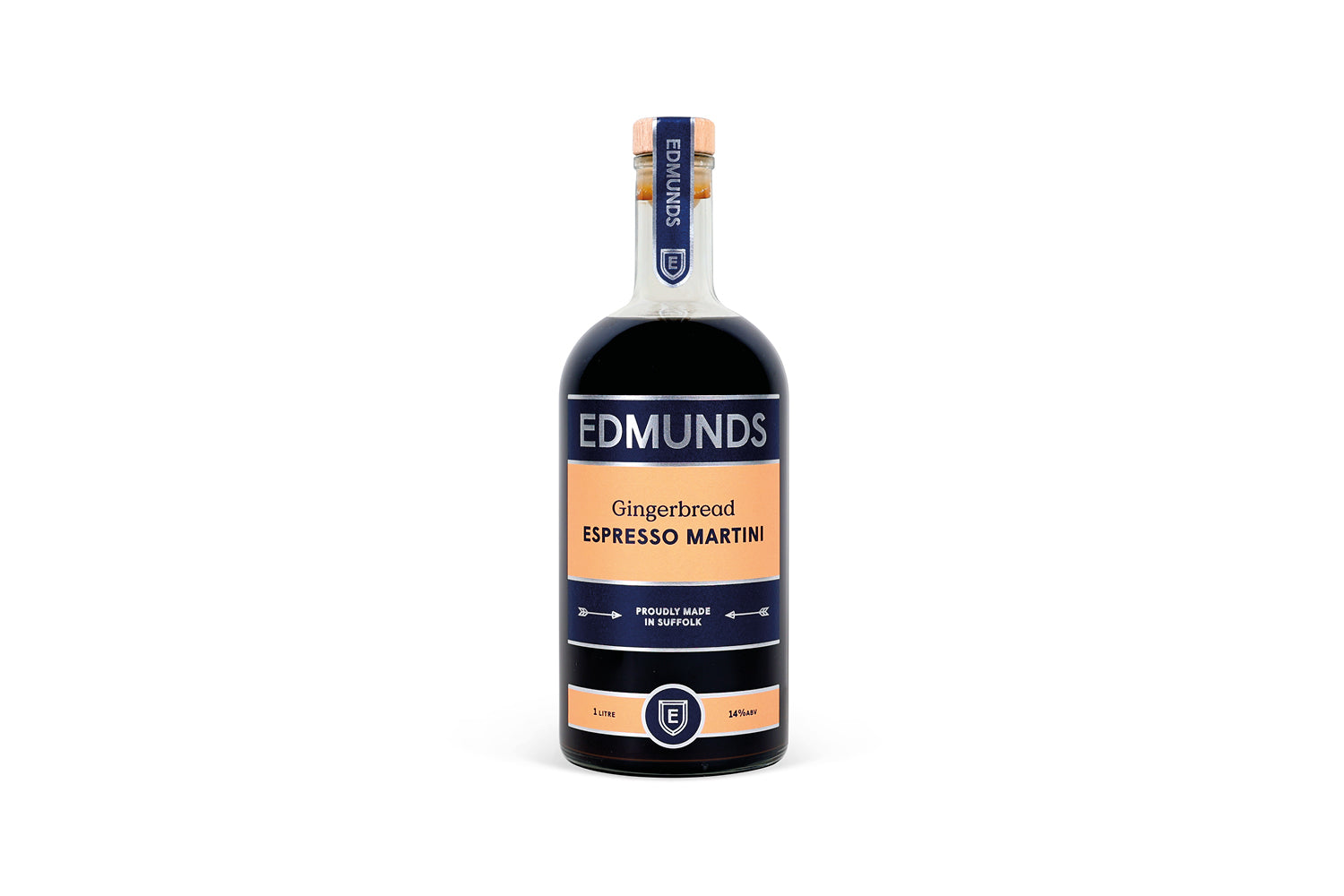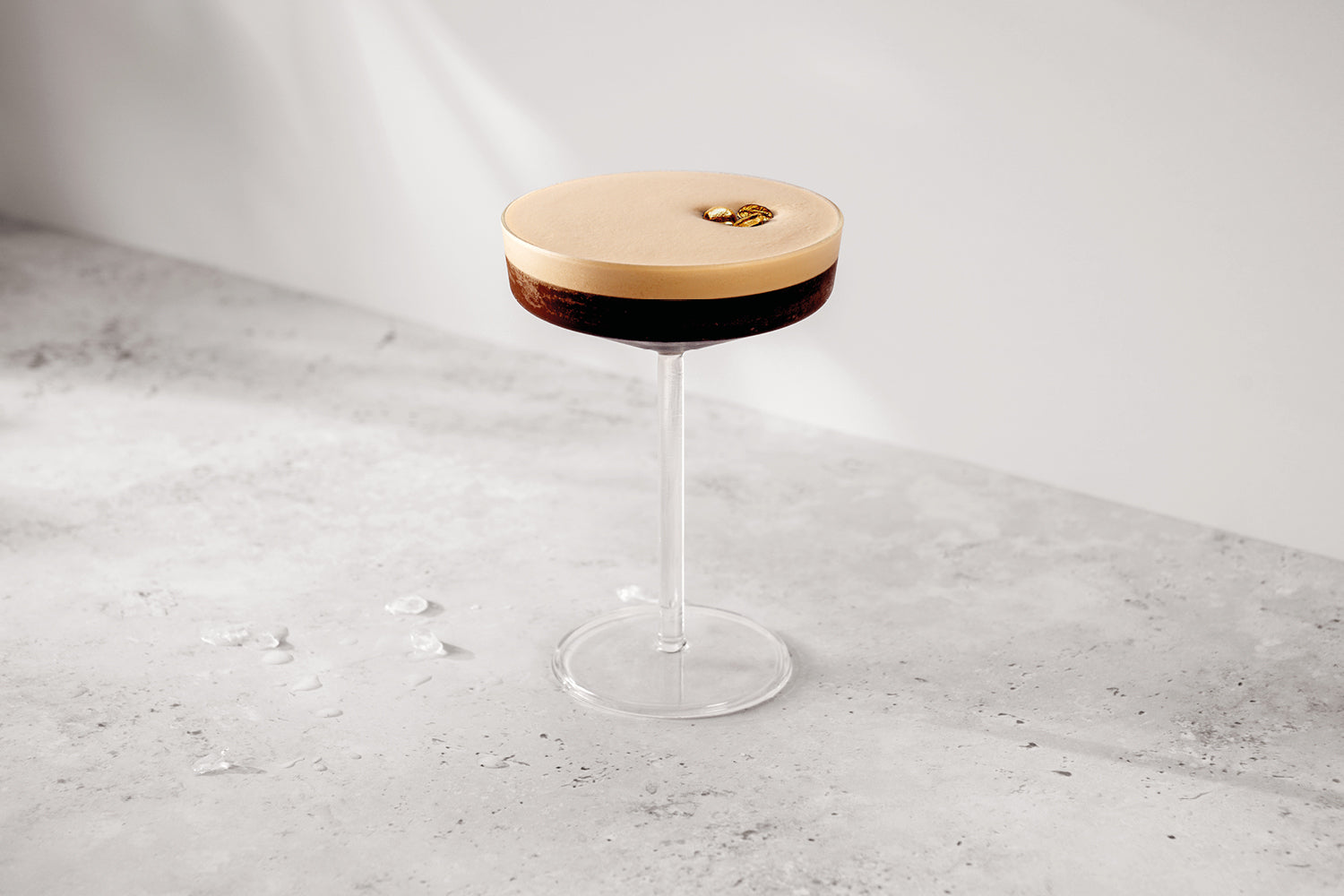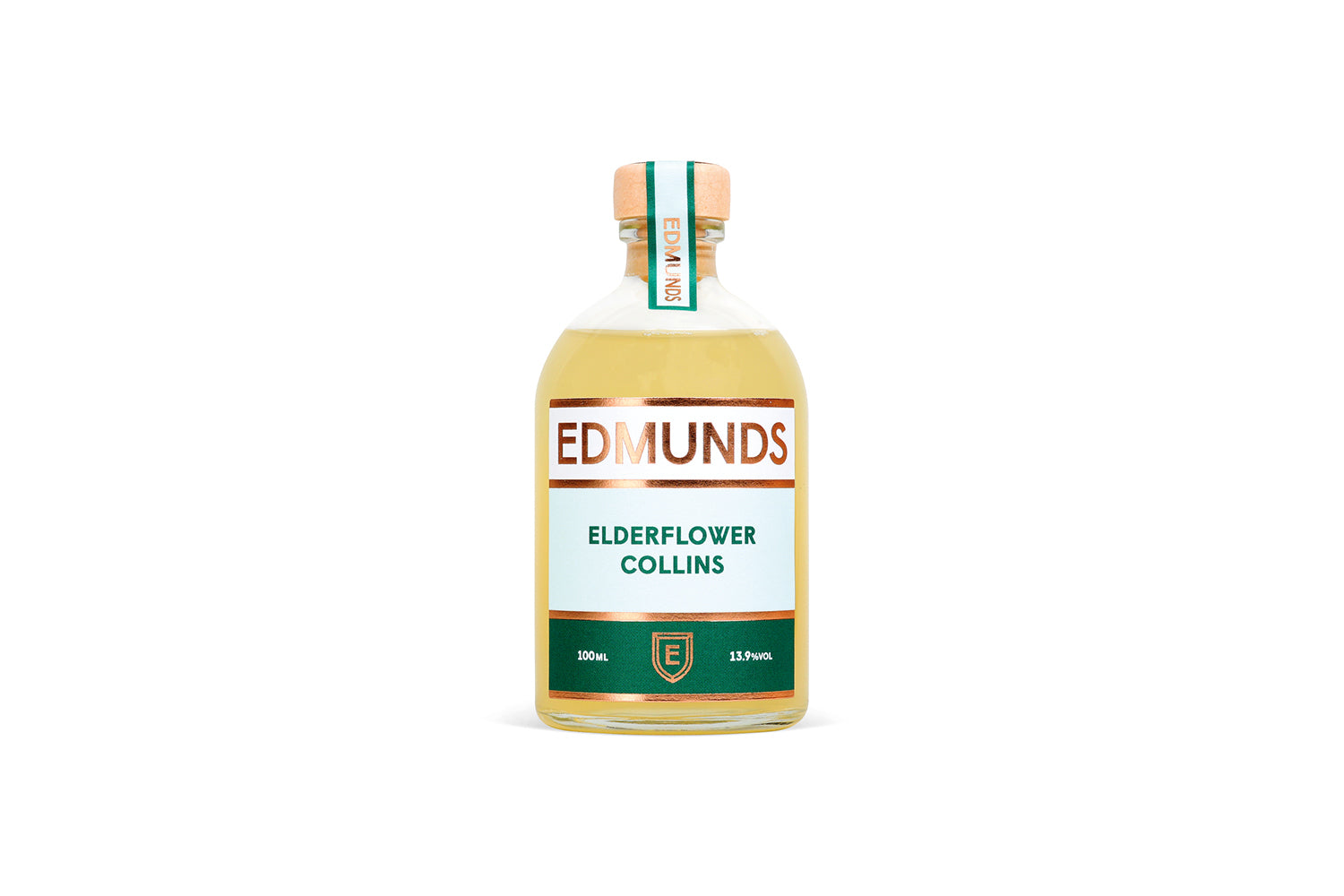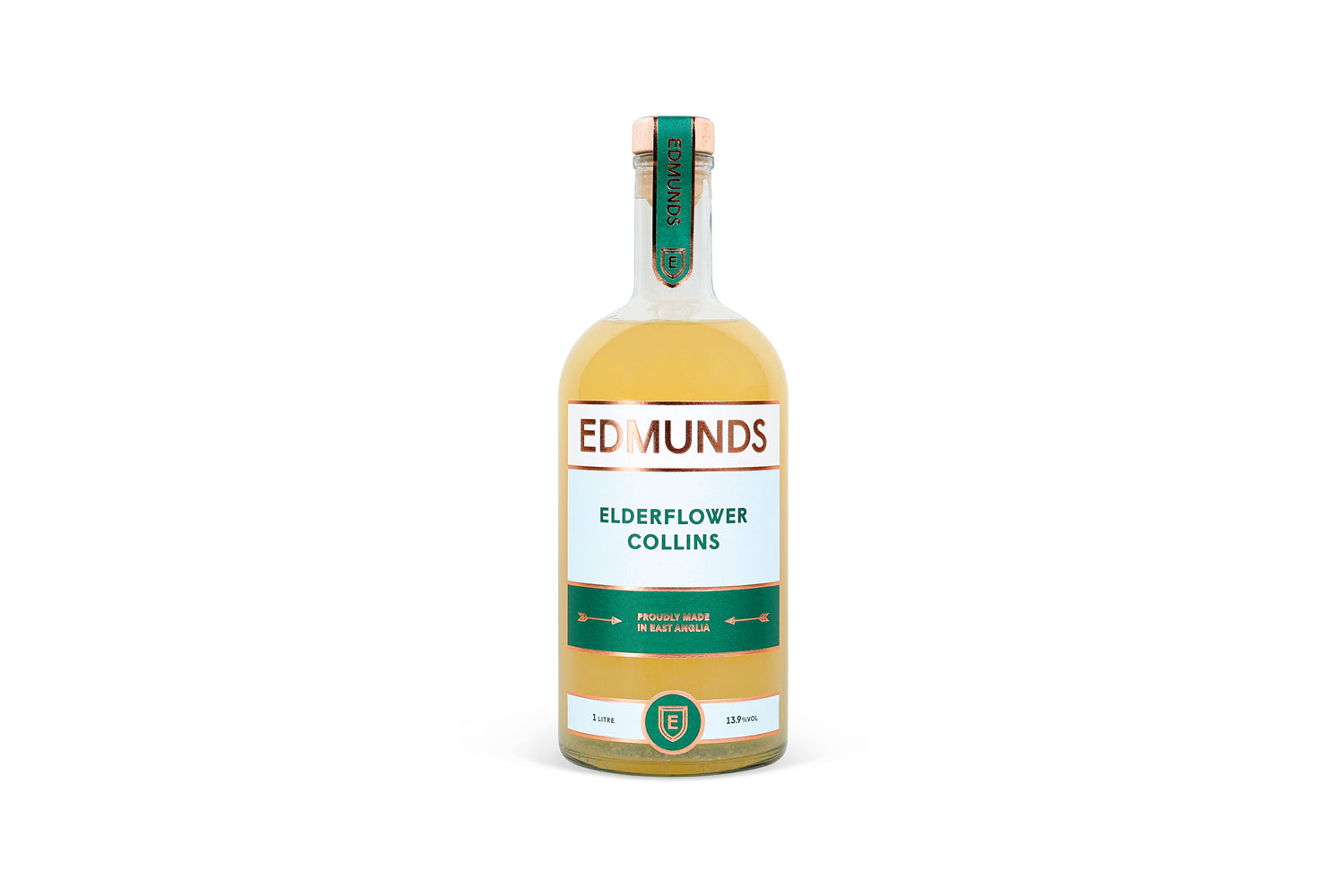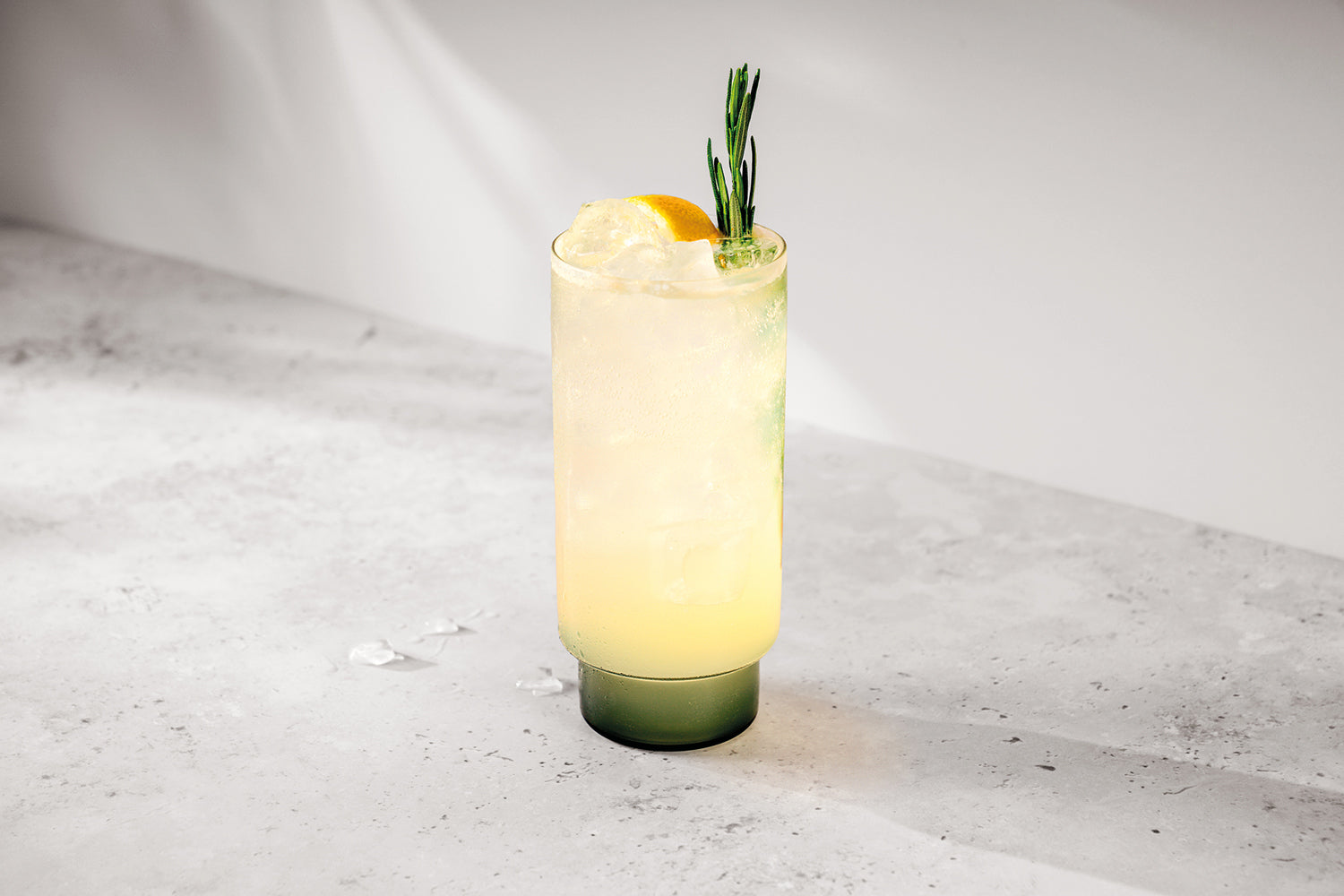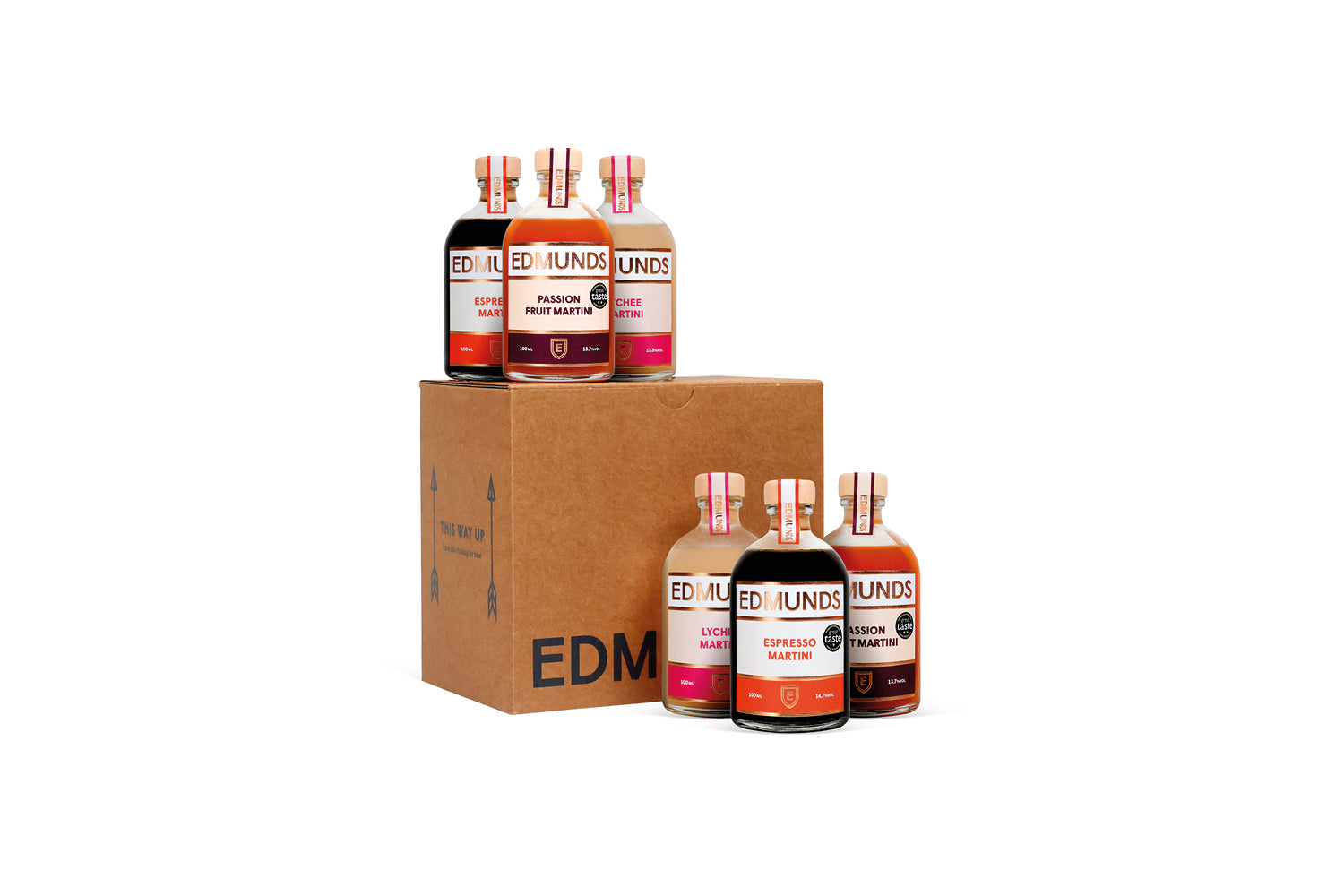We’ve probably got Jane Austen to thank for our perception of Regency balls as genteel events where jellied meats were served on silver platters and fruity punch sipped from crystal goblets, accompanied by a little light flirting and formal quadrilles in a candlelit assembly hall (carriages at midnight).
But, while the nibbles may well have been deliberately dainty (if off-puttingly gelatinous), the contents of the punchbowl weren’t always for the faint-hearted: recipes from the period – including the famed ‘George the Fourth’s Punch’ – feature prodigious quantities of rum, brandy and arrack (a palm-based spirit), mixed with cold tea and sweetened fruit juices, topped off with two or three bottles of champagne. No wonder everyone was in high spirits.
Making history
In many ways, punch can be regarded as the original proto-cocktail, an essential precursor to the bittered sling which, in turn, launched a thousand spin-off cocktails.
References to punch date as far back as the early seventeenth century, likely describing wassail-style drinks based on wine or brandy. By the mid-1600s, punch was being offered in most London coffee houses, although ingredients – including imported sugar, citrus fruits and nutmeg – were so expensive at the time that it would have been an indulgence of the wealthy.
By the 1700s, punch had become the go-to beverage for social occasions: ‘taking a bowl of punch’ became common in taverns. Consumption was fuelled, in part, by trade: sailors for the British East India Company made their own mixes with whatever ingredients they could find locally.
At the turn of the eighteenth century, merchant ships were commonly stocked with supplies of the spirit, sugar and limes needed to make up a passable punch (and to simultaneously stave off scurvy and insurgence). In his definitive treatise on the subject – Punch – author David Wondrich notes that arrack was the preferred spirit in Europe and the American colonies at this time.
Rations and ratios
Most early punch recipes follow a simple ‘rule of 5’ formula: one measure of sour (citrus), two of sweet (sugar), three of strong (spirit), four of weak (water, fruit juice, tea), plus spice (nutmeg, cinnamon). In fact, some believe the term ‘punch’ derives from the Hindi word ‘paantsch’, meaning ‘five’*.
Arrack-based punches feature in some of the earliest mixology manuals, including early twentieth-century bartending guides by Jacob Grohusko and Charles Mahoney. Rum soon became the default spirit, however, leading to the proliferation of plantation-style punches like Planter’s Punch – the brainchild of Jamaican distillery founder, Fred L. Myers.
And yet, by the mid-1800s, the drink began to fall out of favour, when the advent of better-quality spirits reduced the need for citrus and spice flavours to smooth out alcohol’s rough edges. Although traditionalists like Charles Dickens bemoaned the demise of the punchbowl, together with the community spirit it promoted, the trend for enjoying less leisure time resulted in a drop in punch’s popularity – a pattern that continued through the twentieth century.
Punching back
Punch has enjoyed a renaissance in recent years, though, perhaps as an antidote to the fast pace of modern life.
Punch is once more a fixture on an increasing number of drinks menus, with some establishments offering a fresh twist on this oldest of cocktails – for instance, Punch Room in the heart of London’s Fitzrovia is introducing a new generation to the delights of punch by exploring less conventional flavour pairings.
We don’t predict that punchbowls will once again become the must-have fixture for social gatherings, any more than we anticipate formation dancing making a comeback. But you don’t have to be Mr Darcy or Elizabeth Bennet to appreciate the simple pleasure of a glass of punch taken with friends (with or without quails in aspic).
*It’s probably more likely that the word is a derivation of the ‘puncheon’ – the volume of a barrel (approx. 500 litres) used to transport alcohol on voyage.


